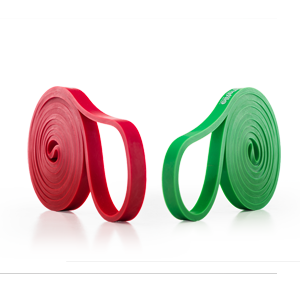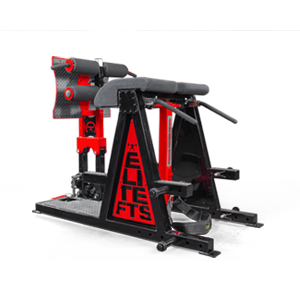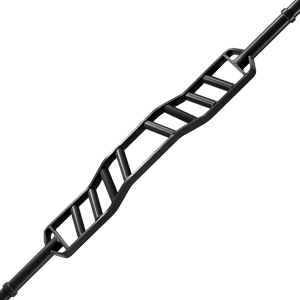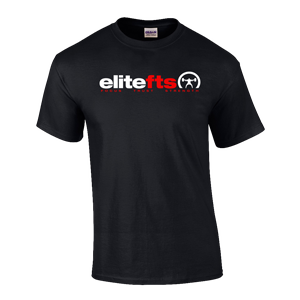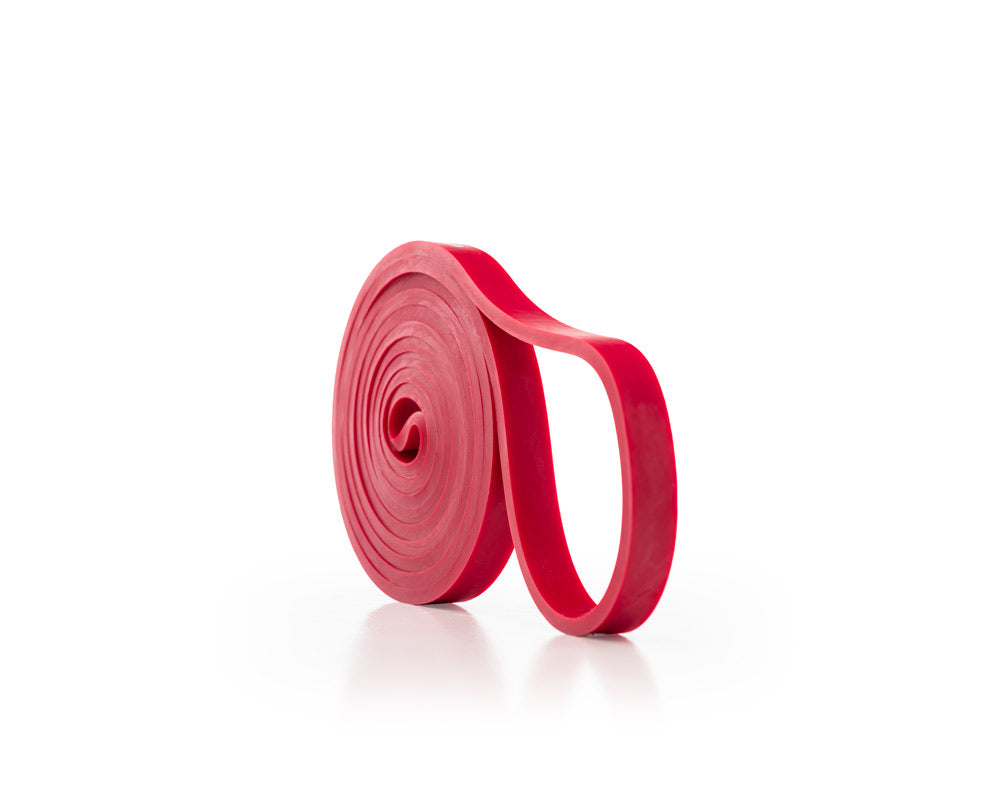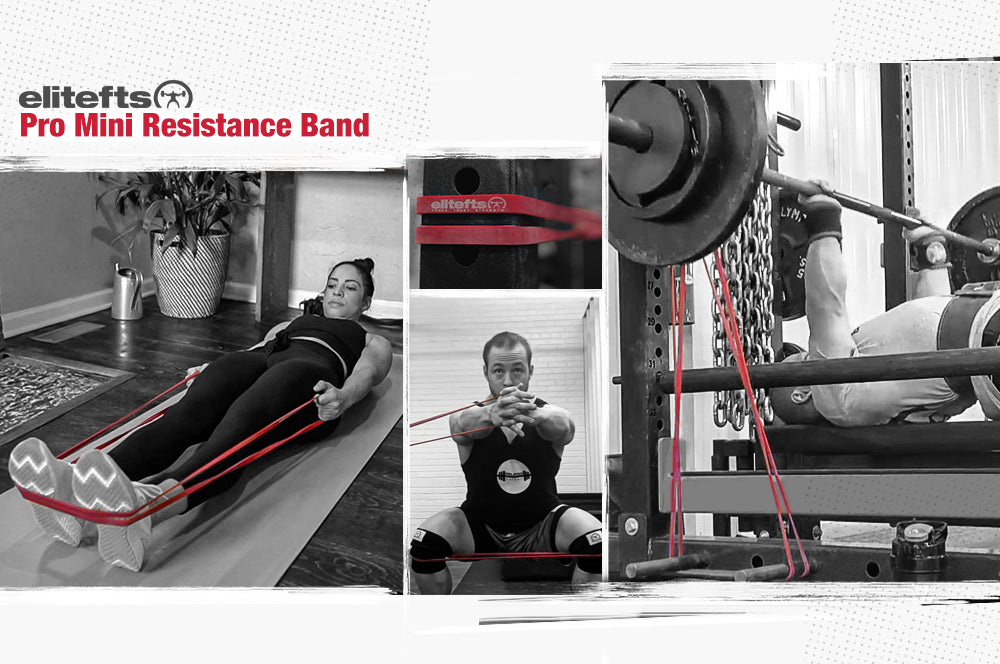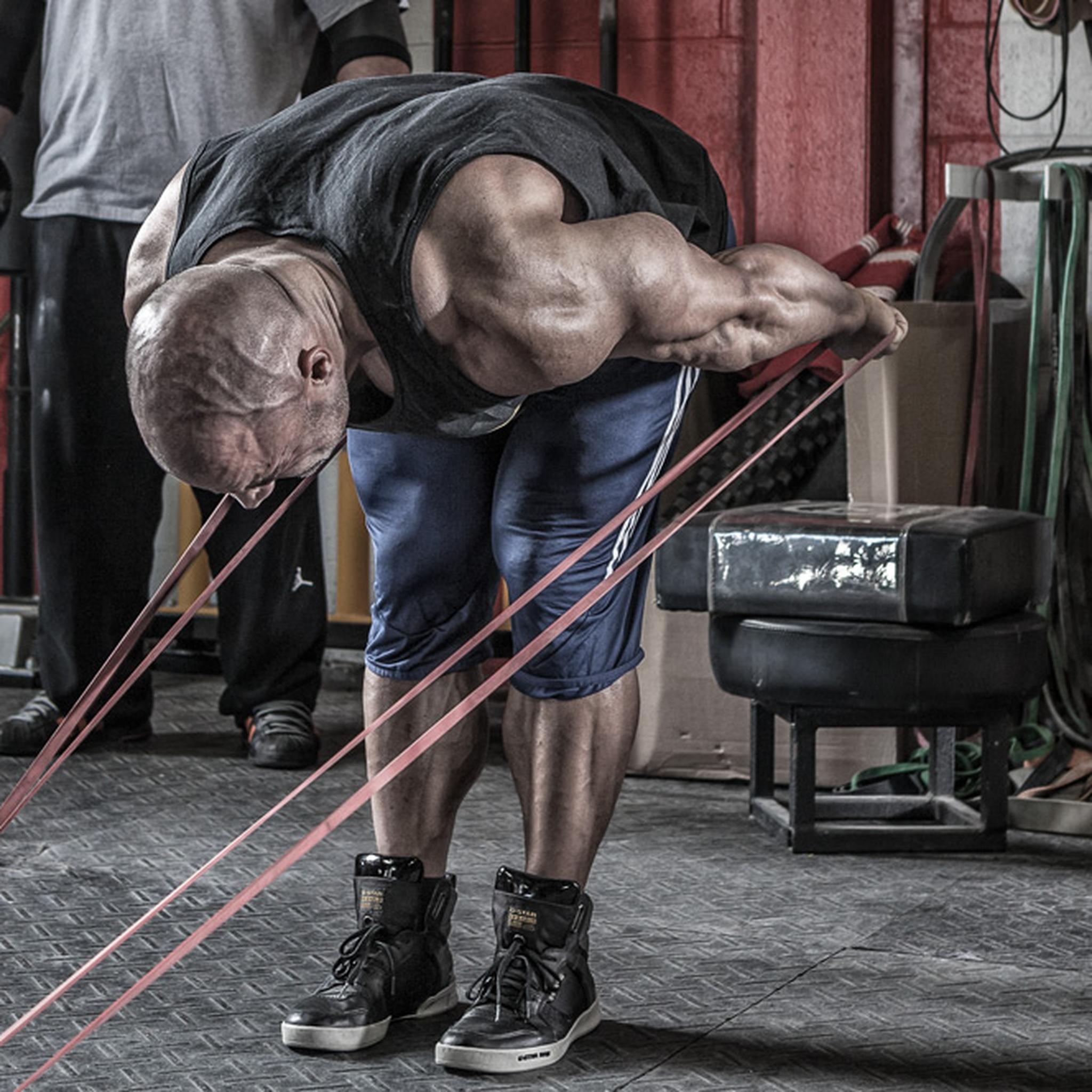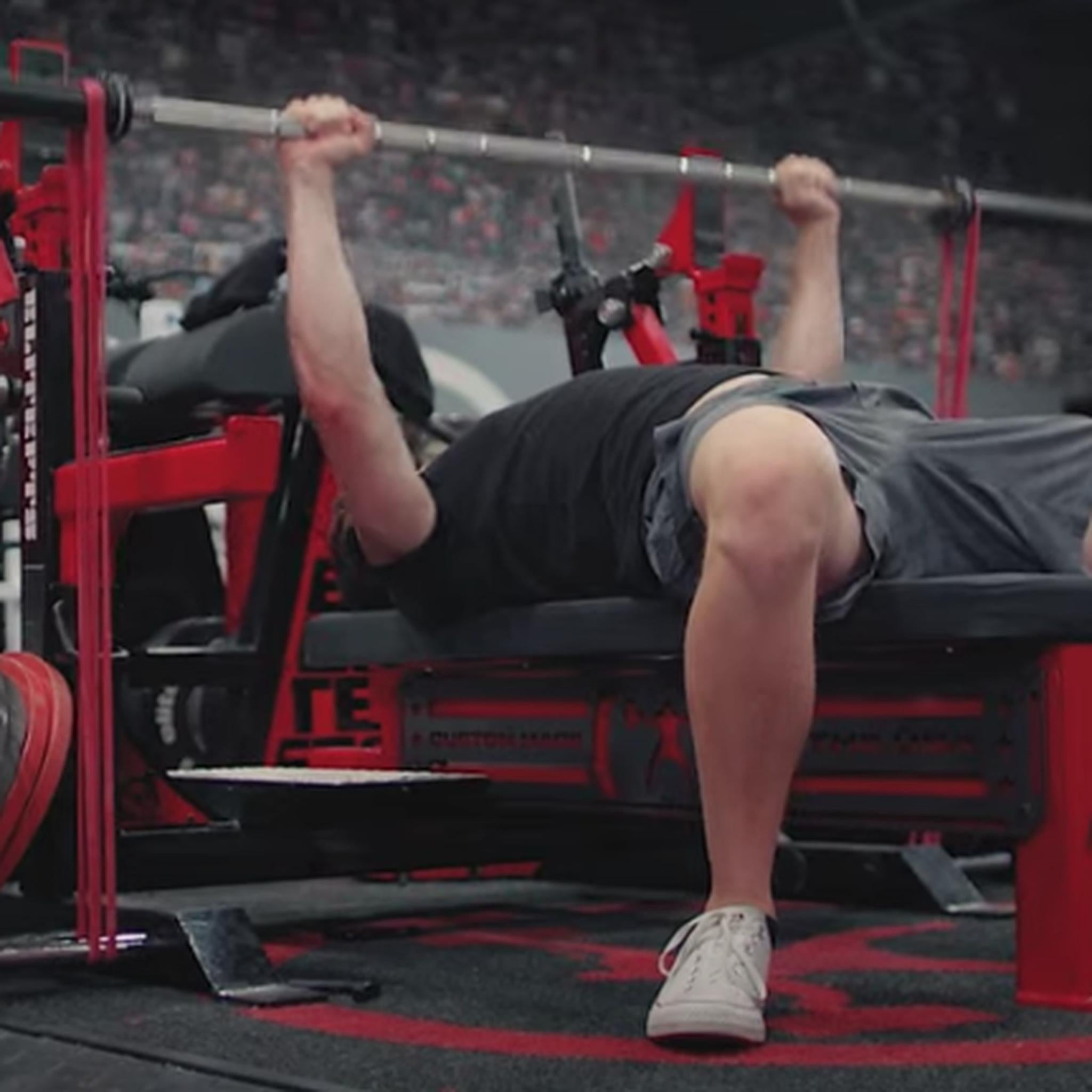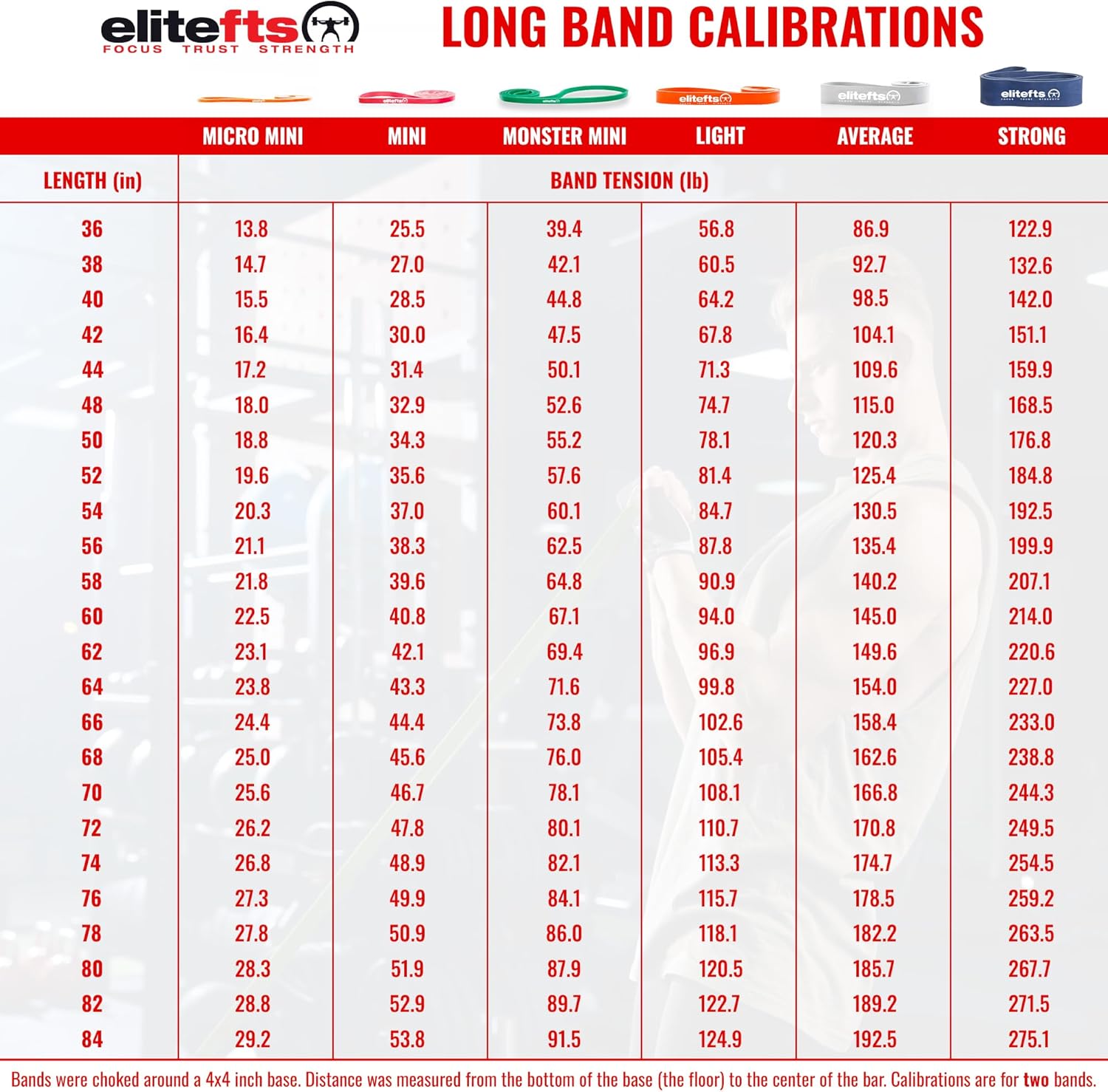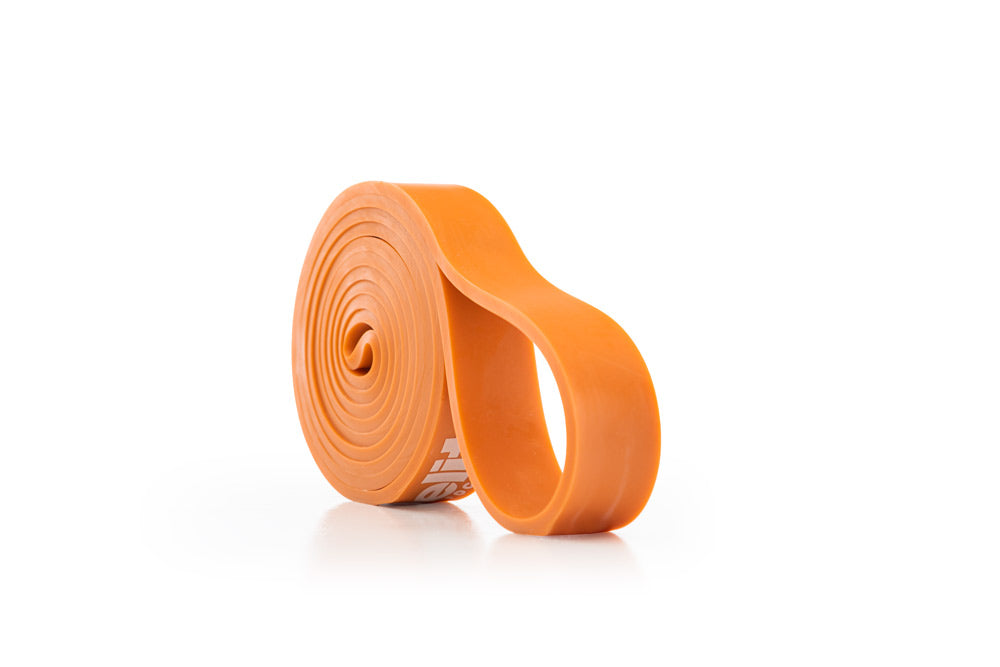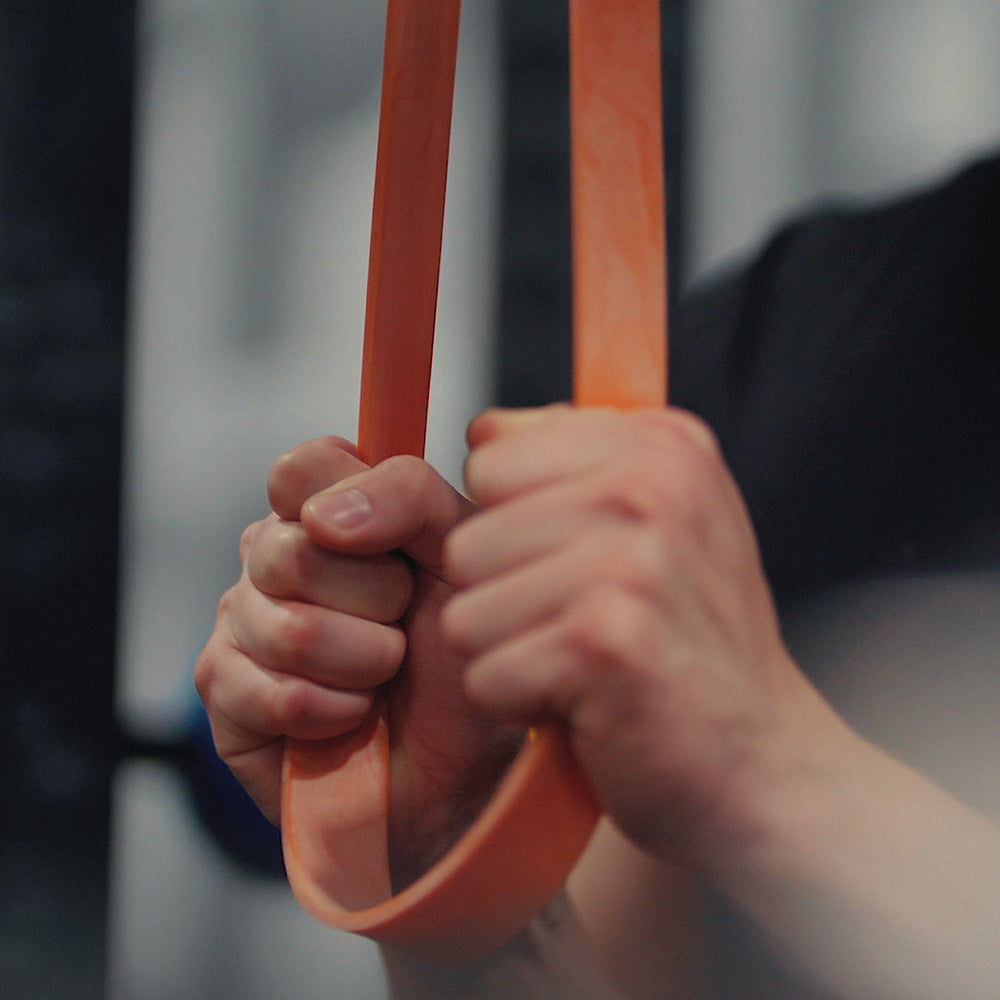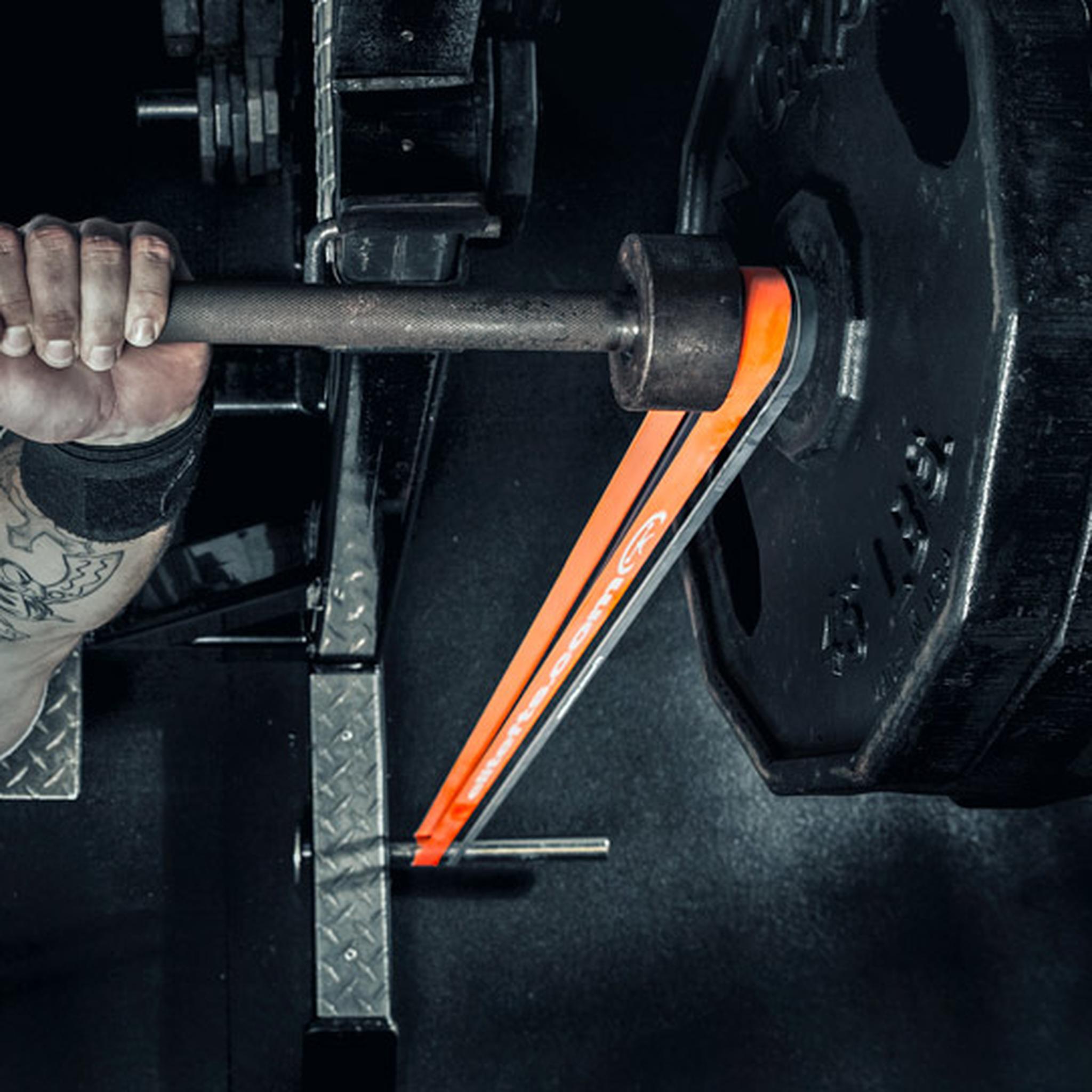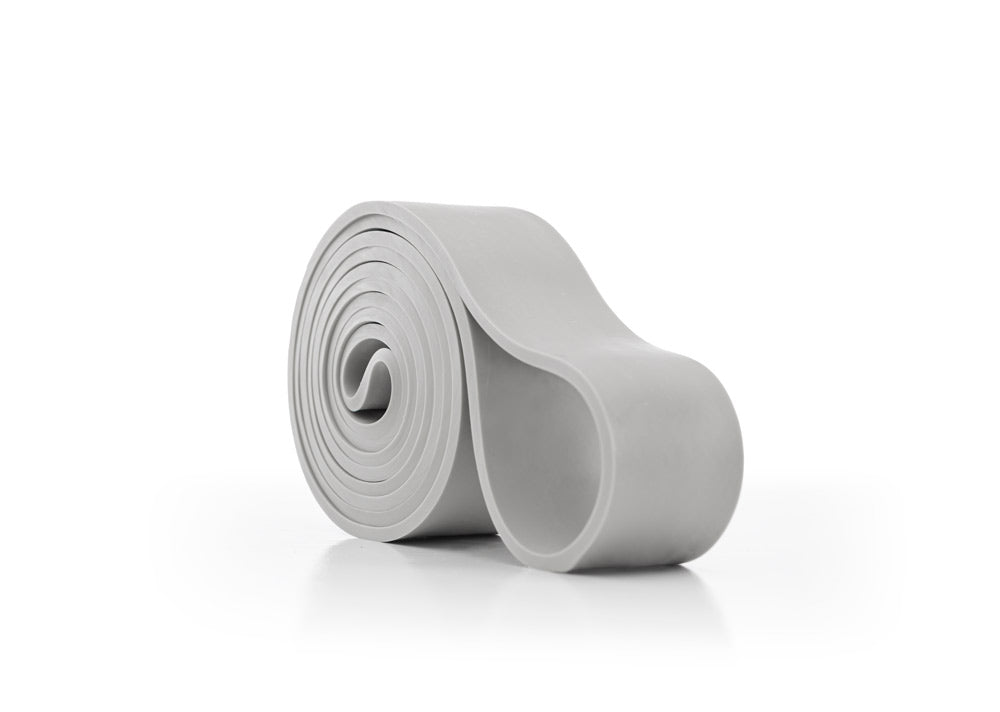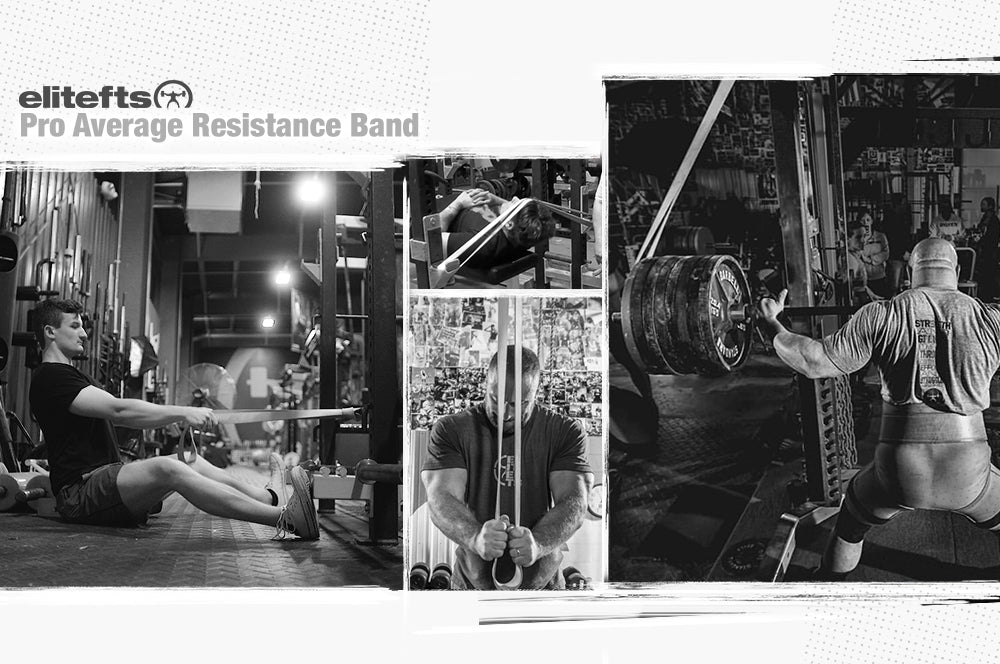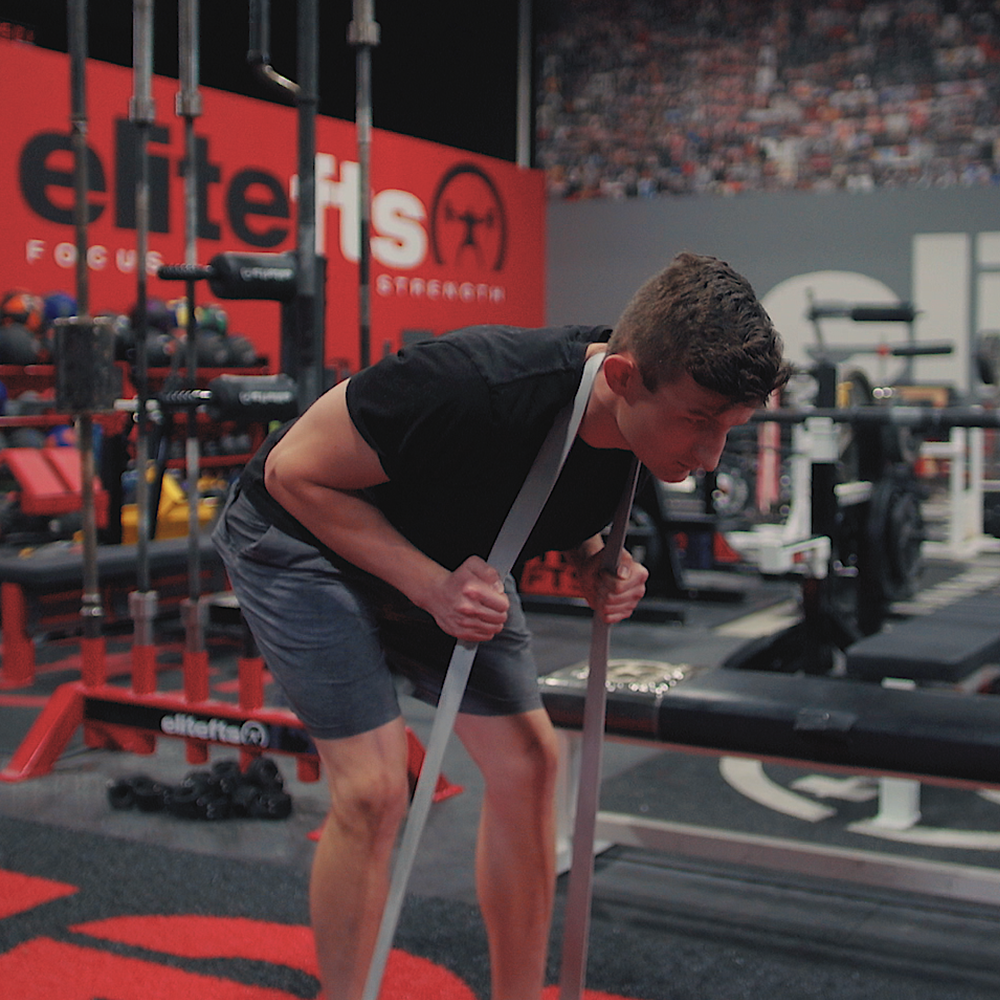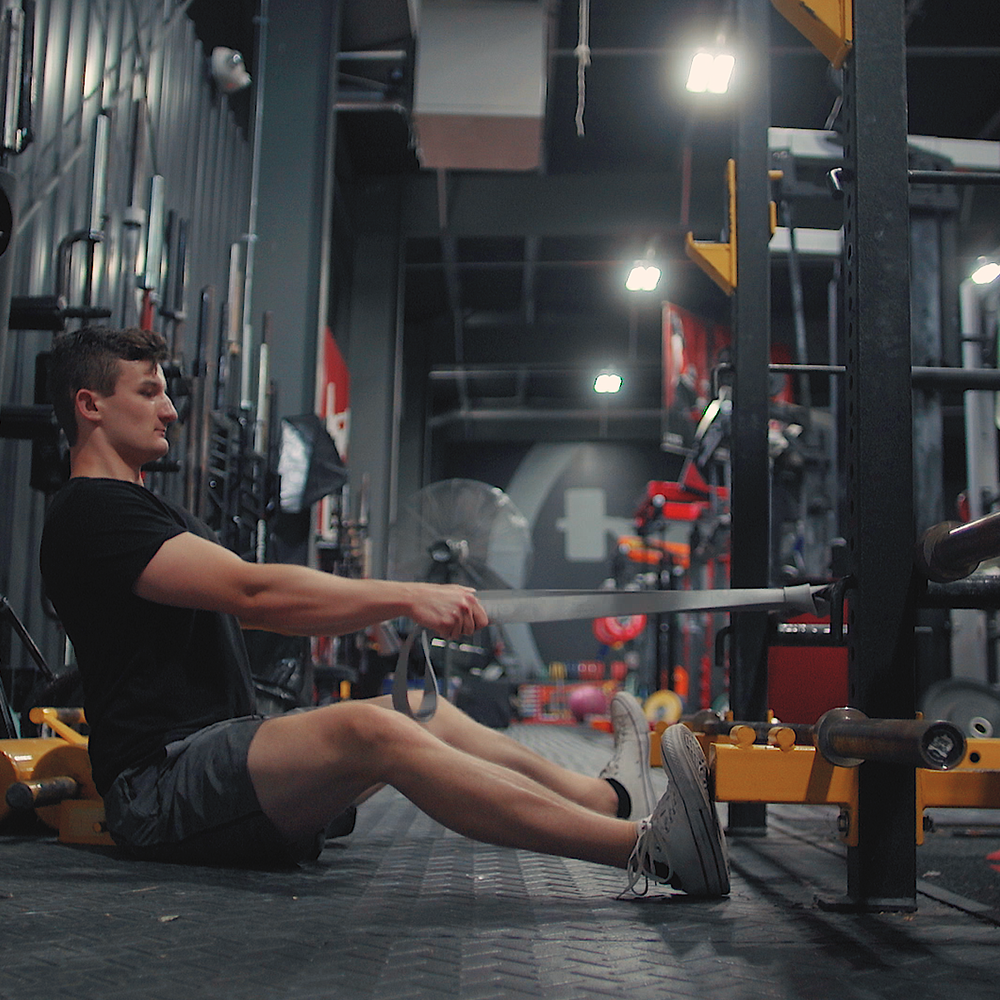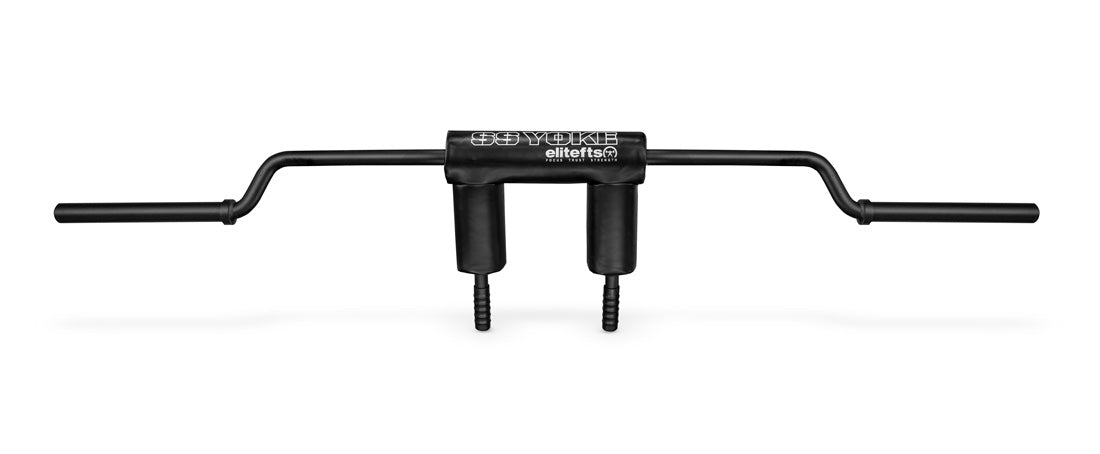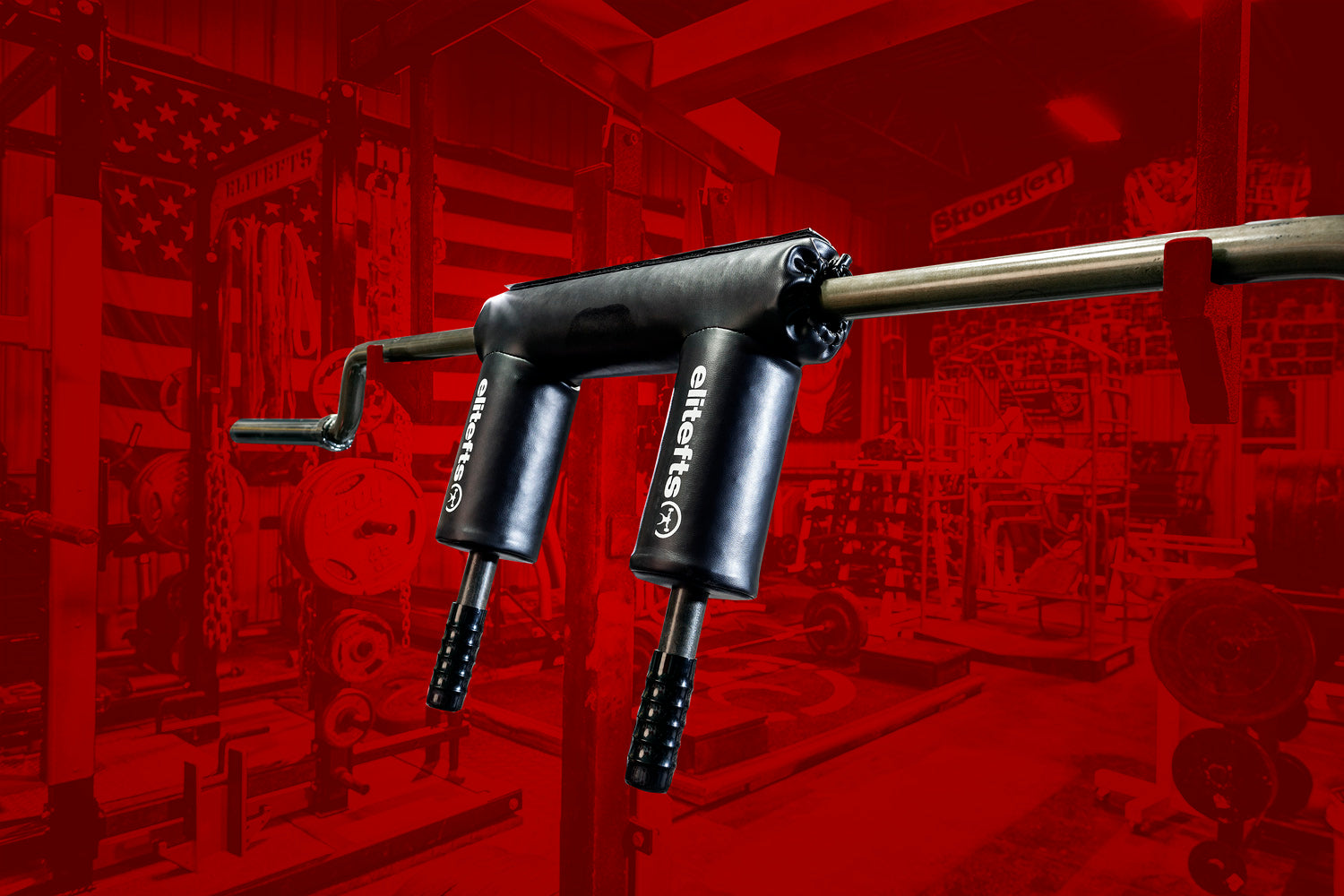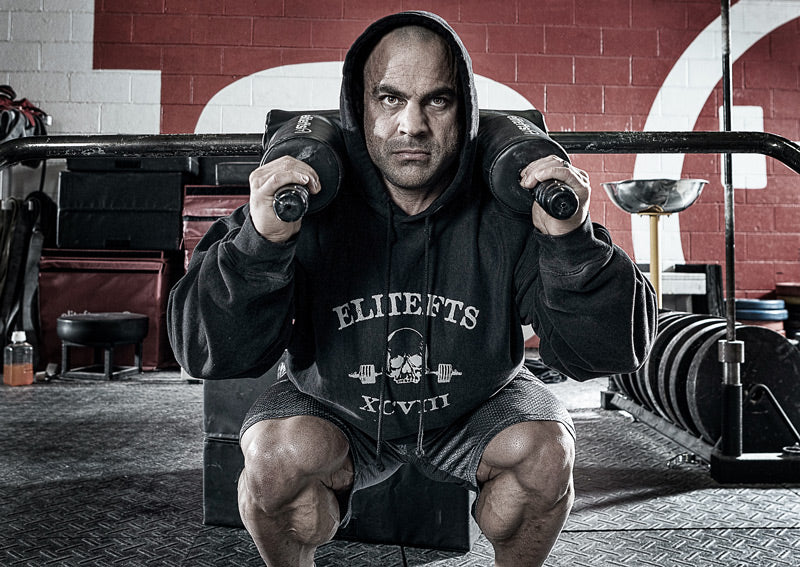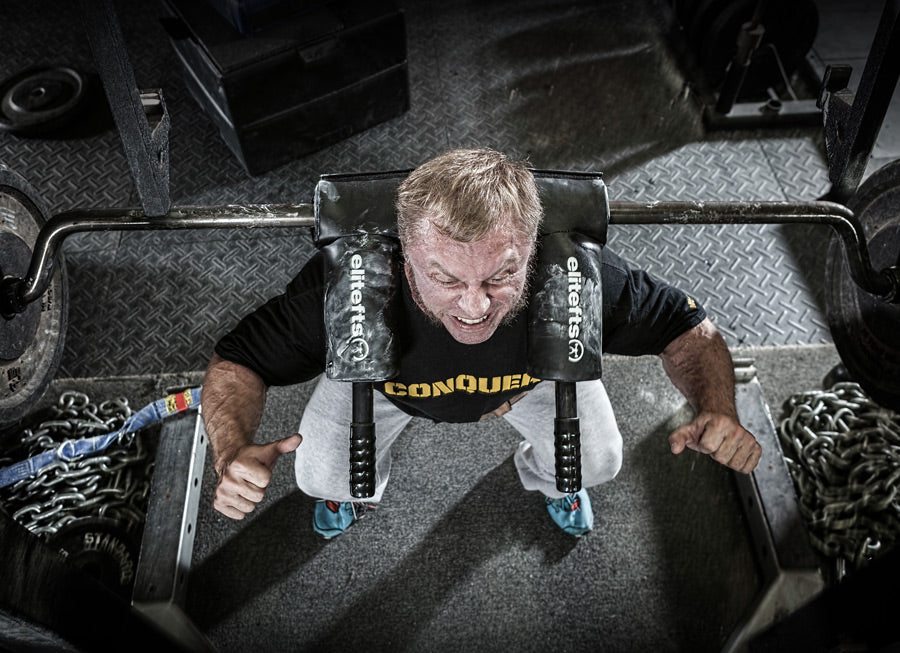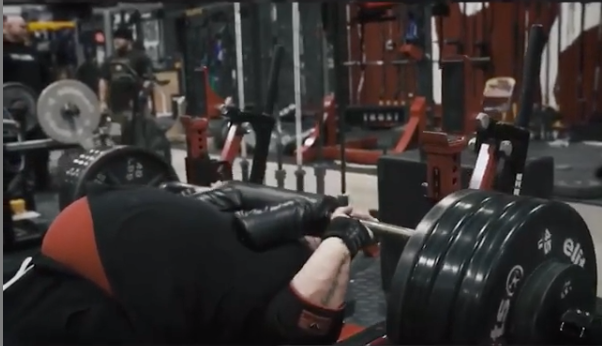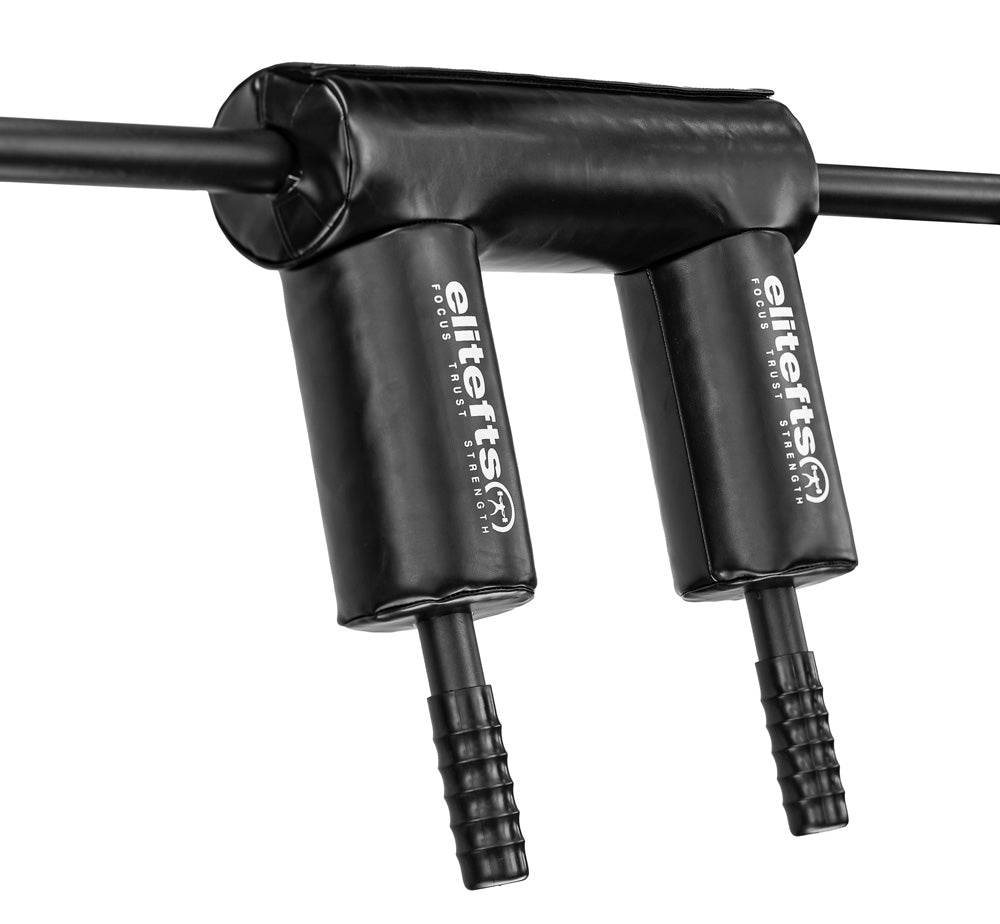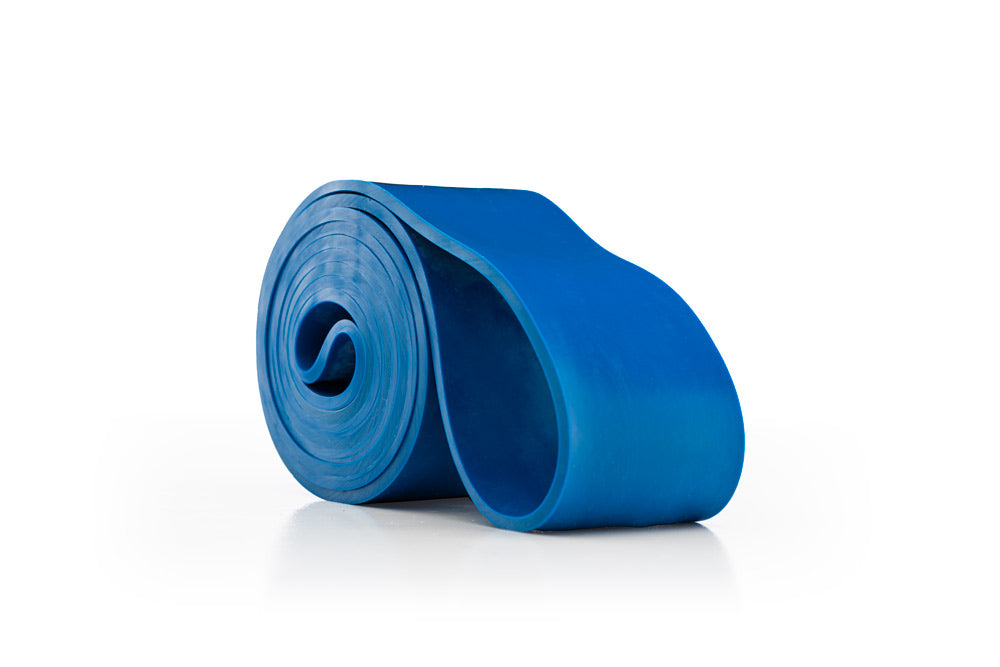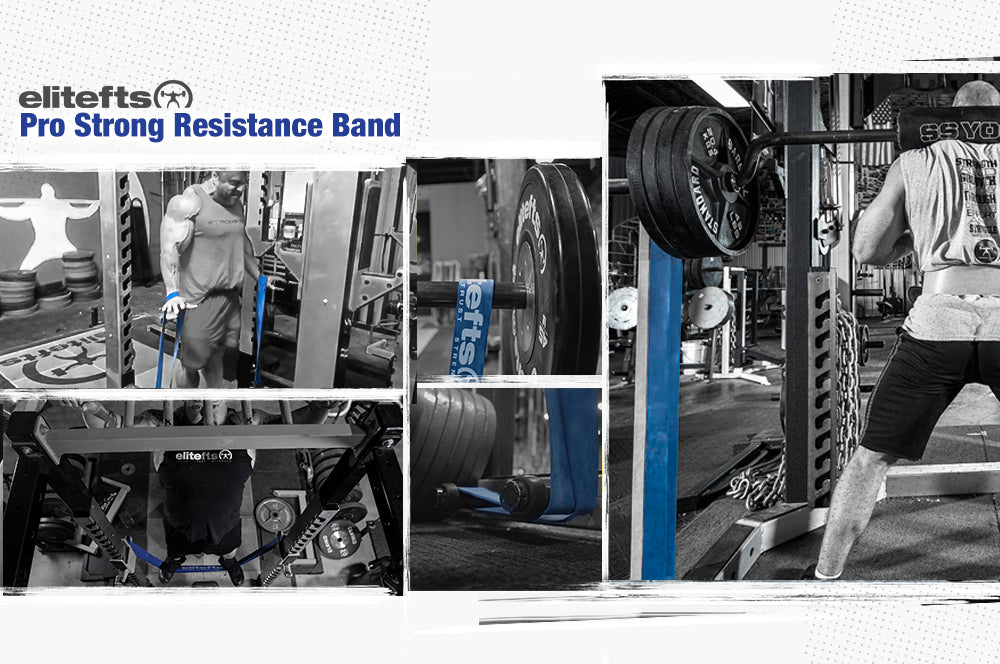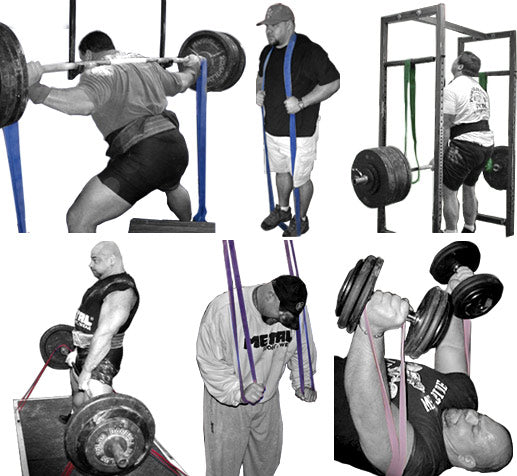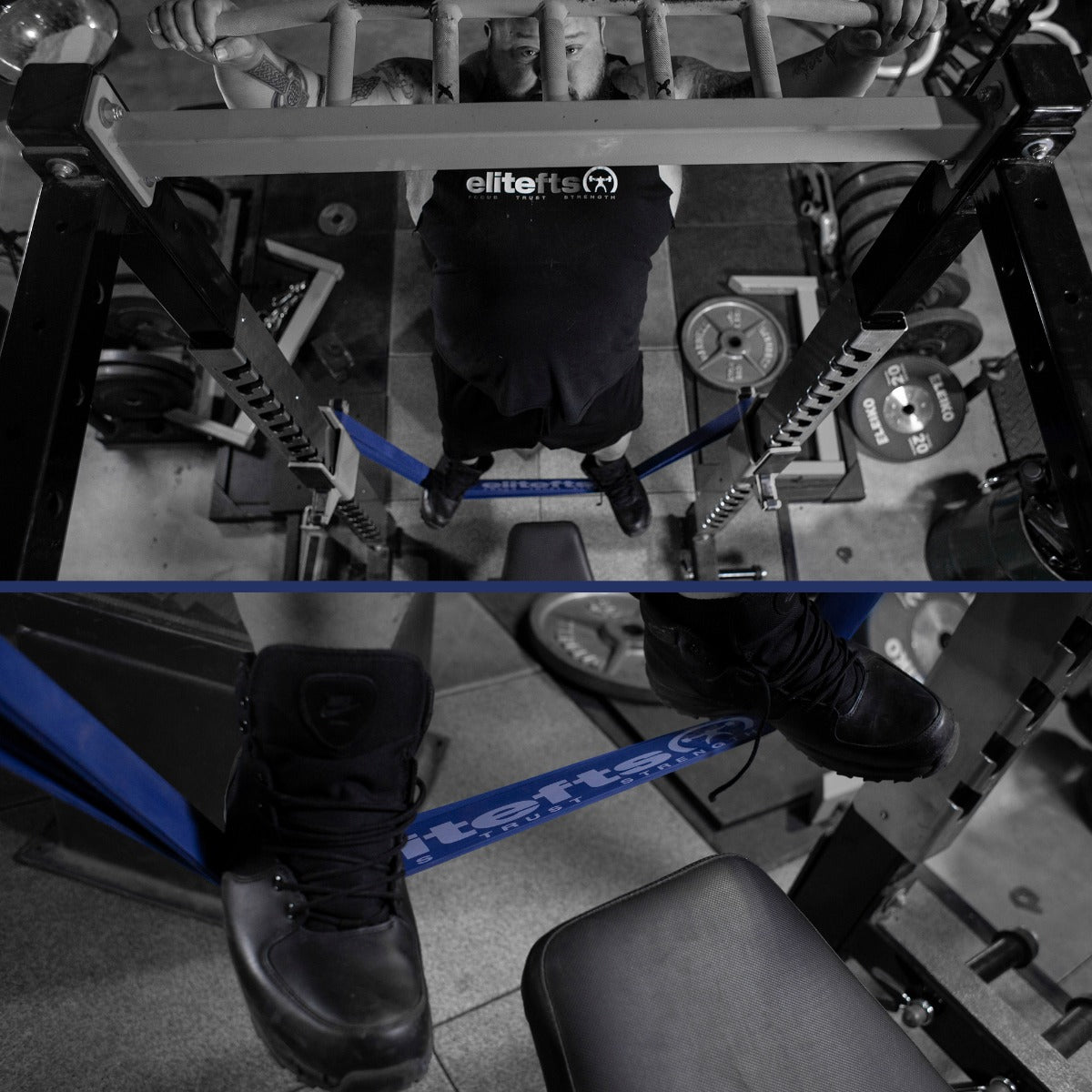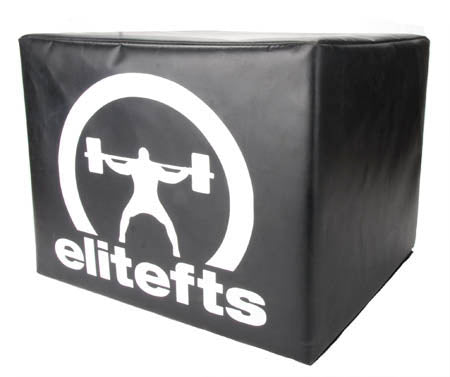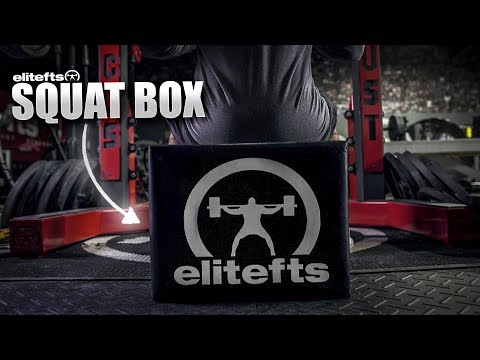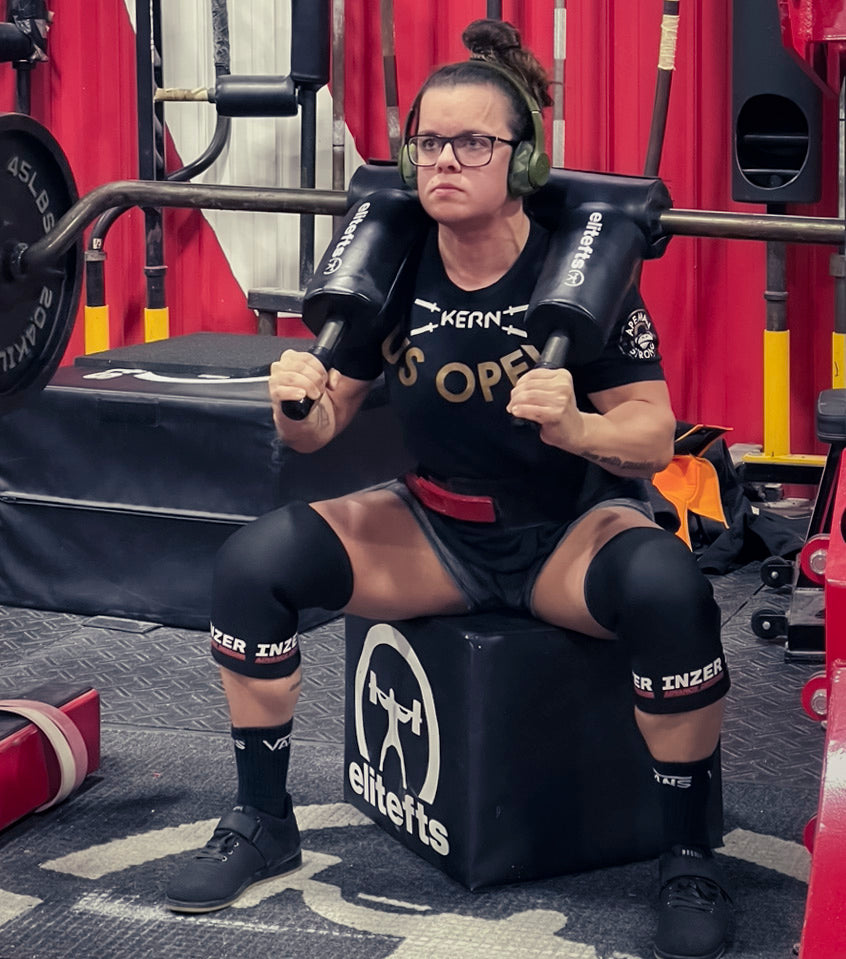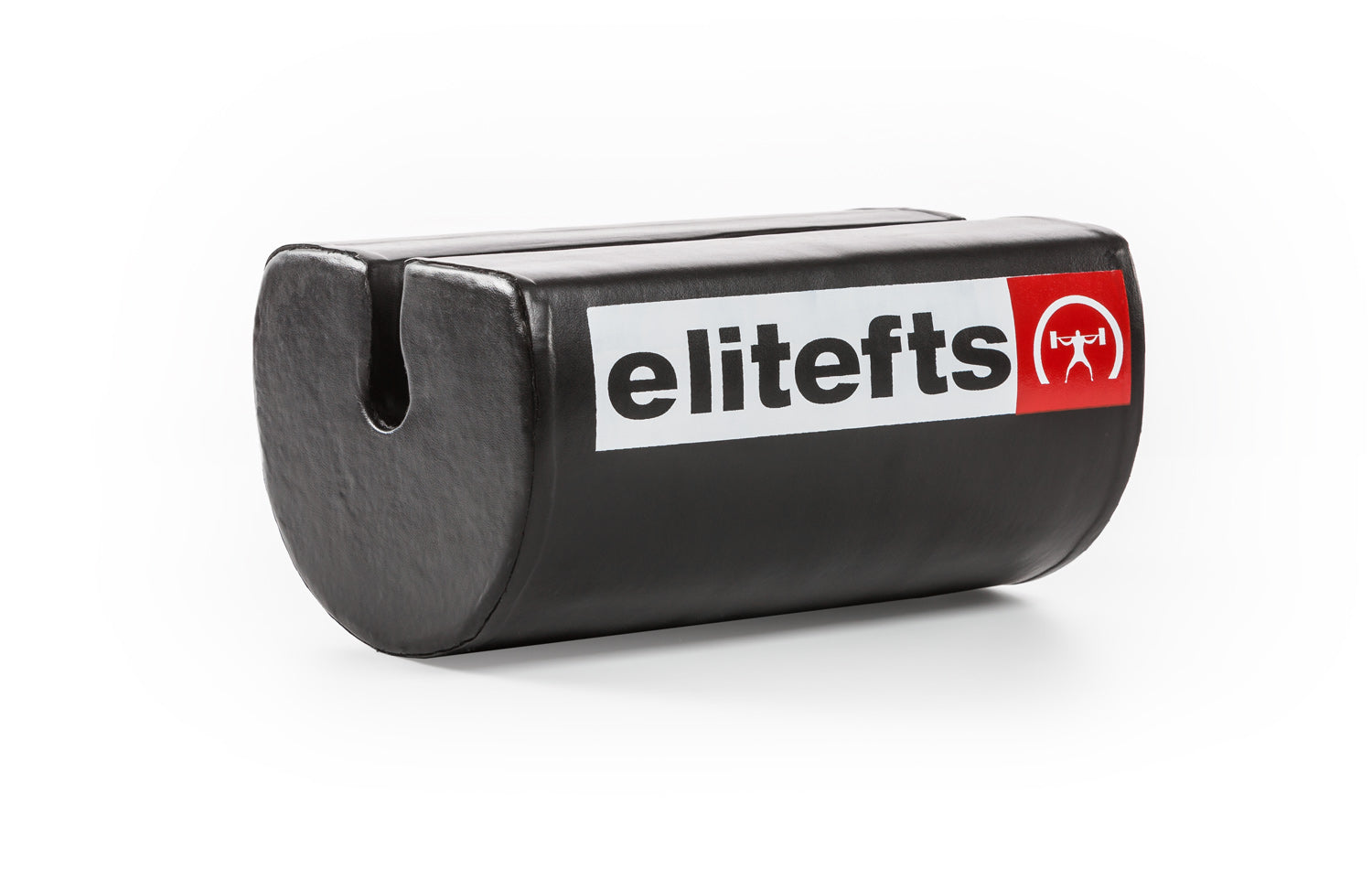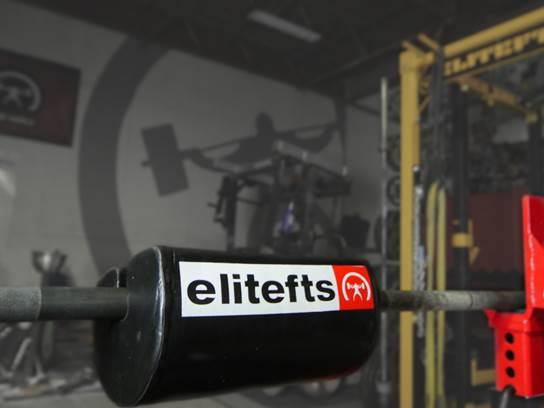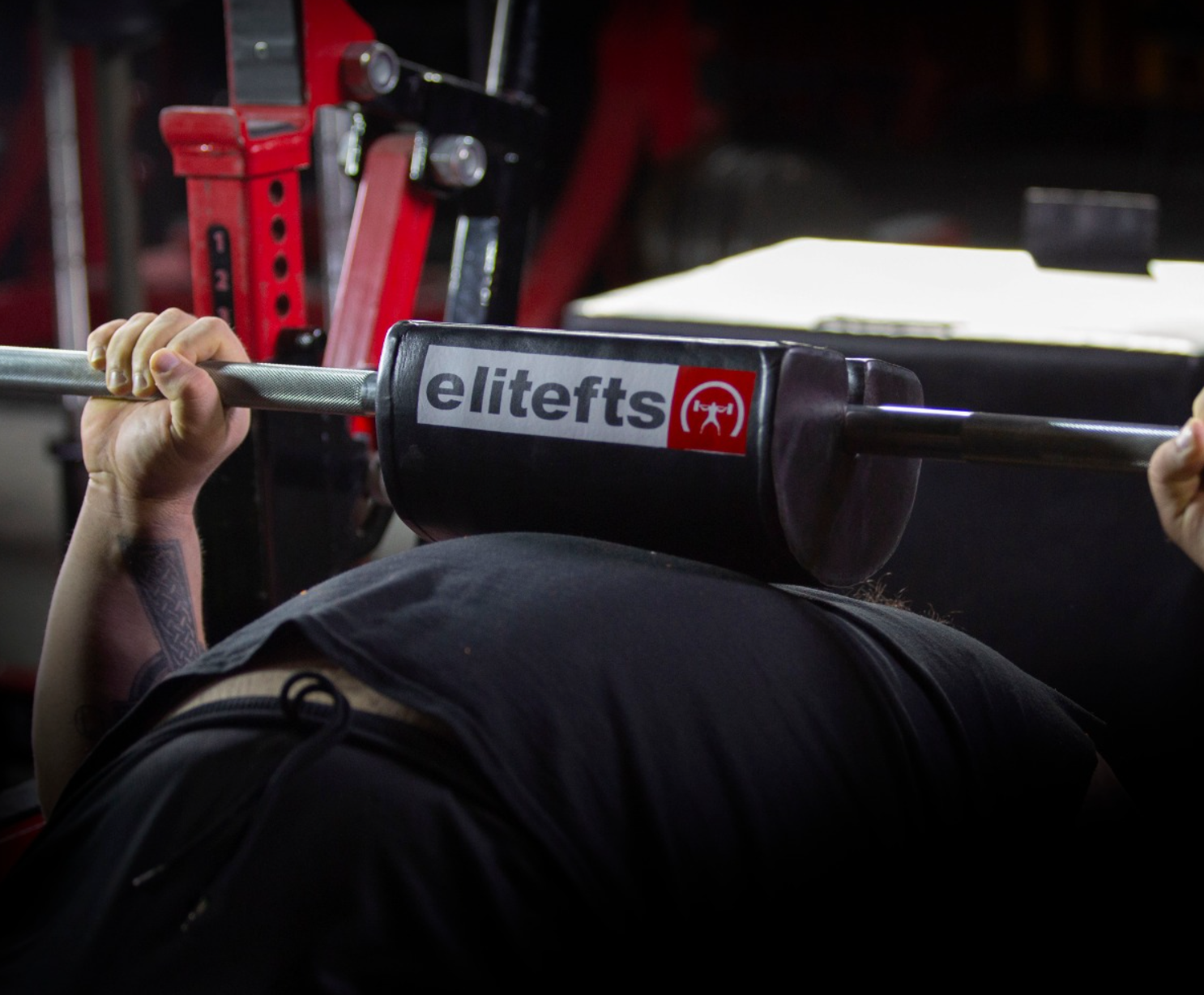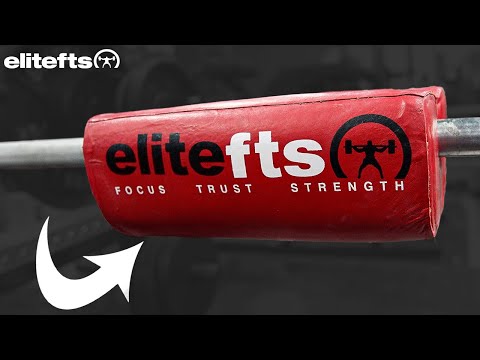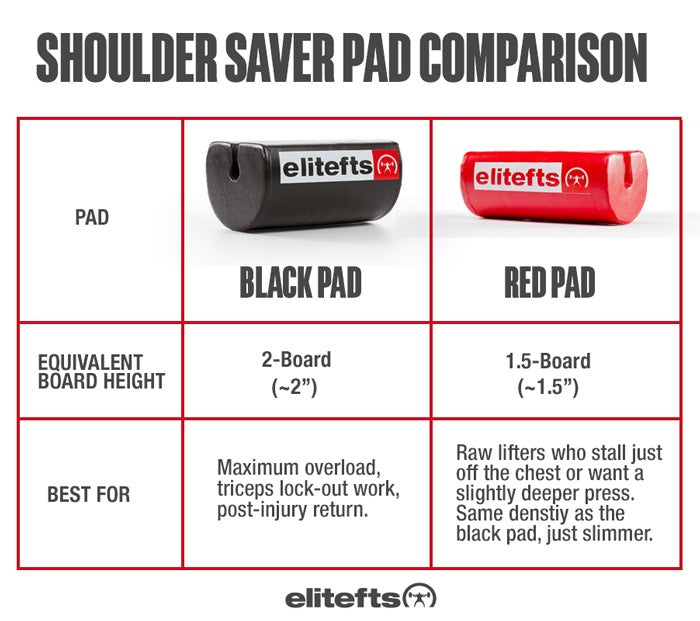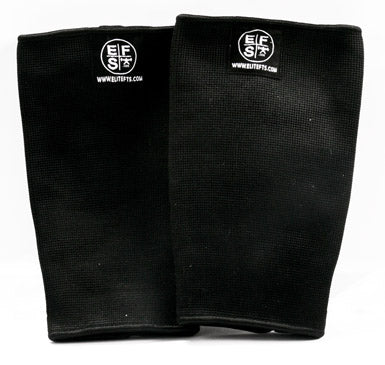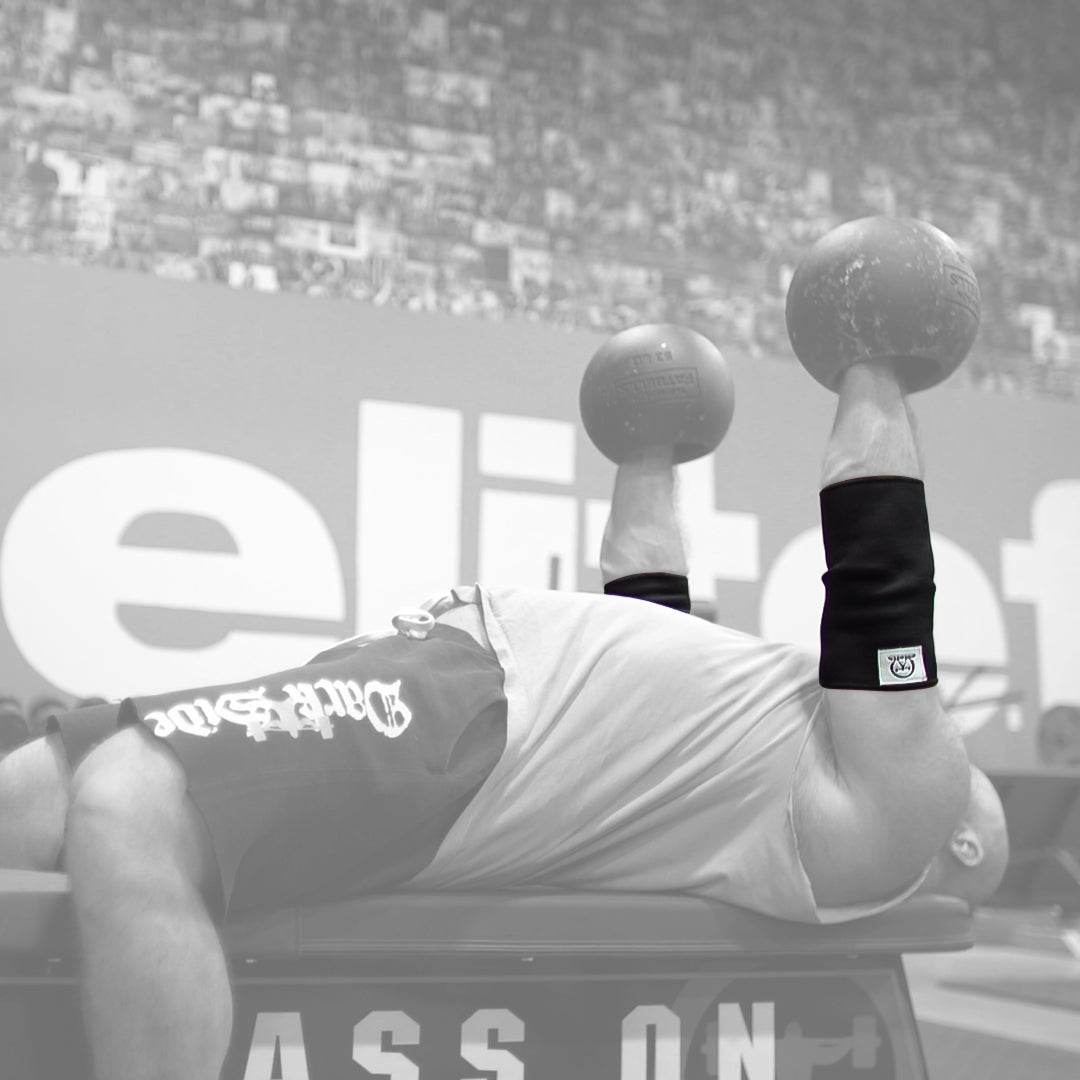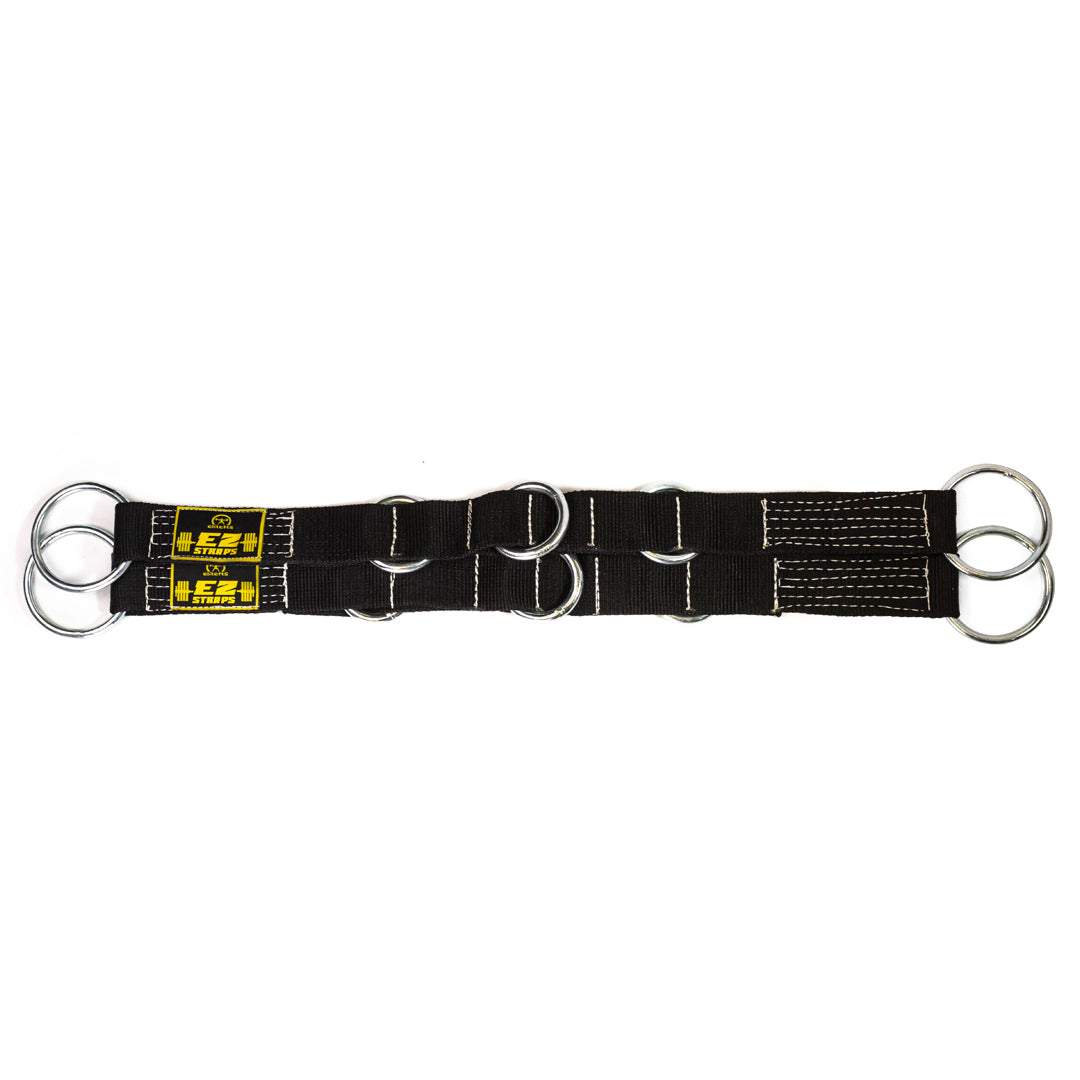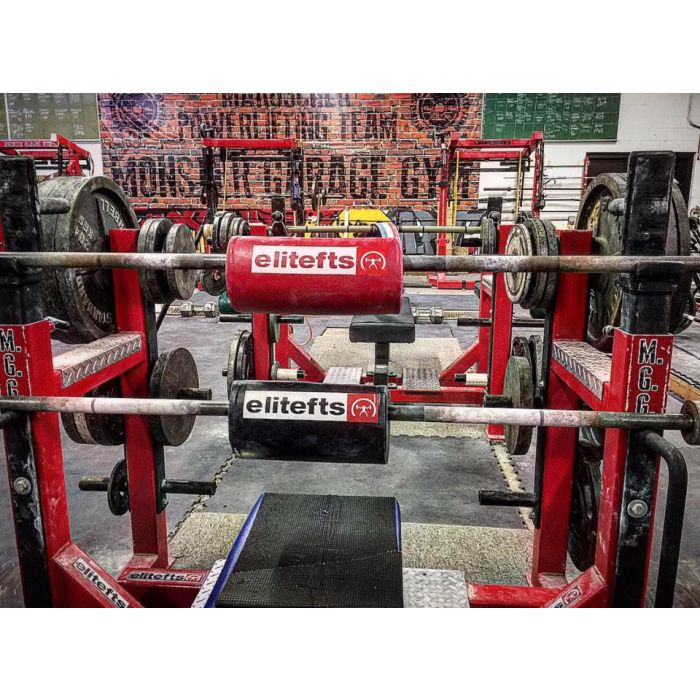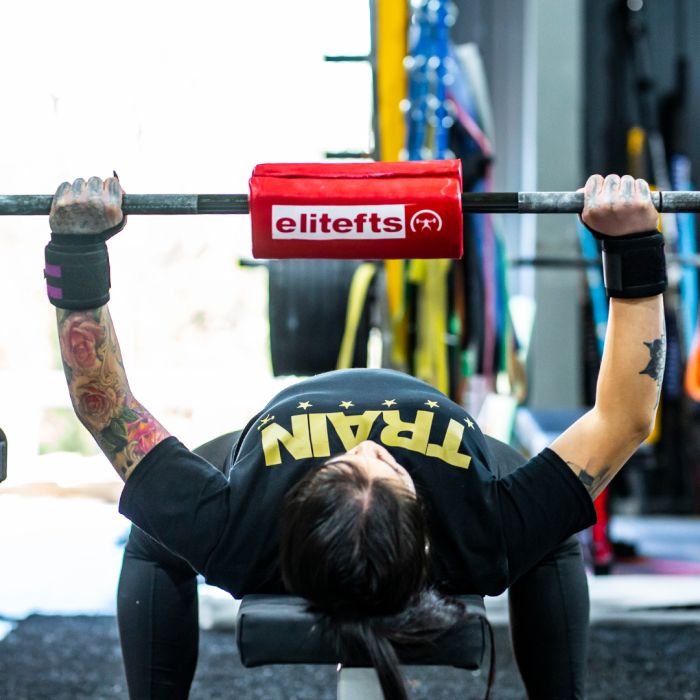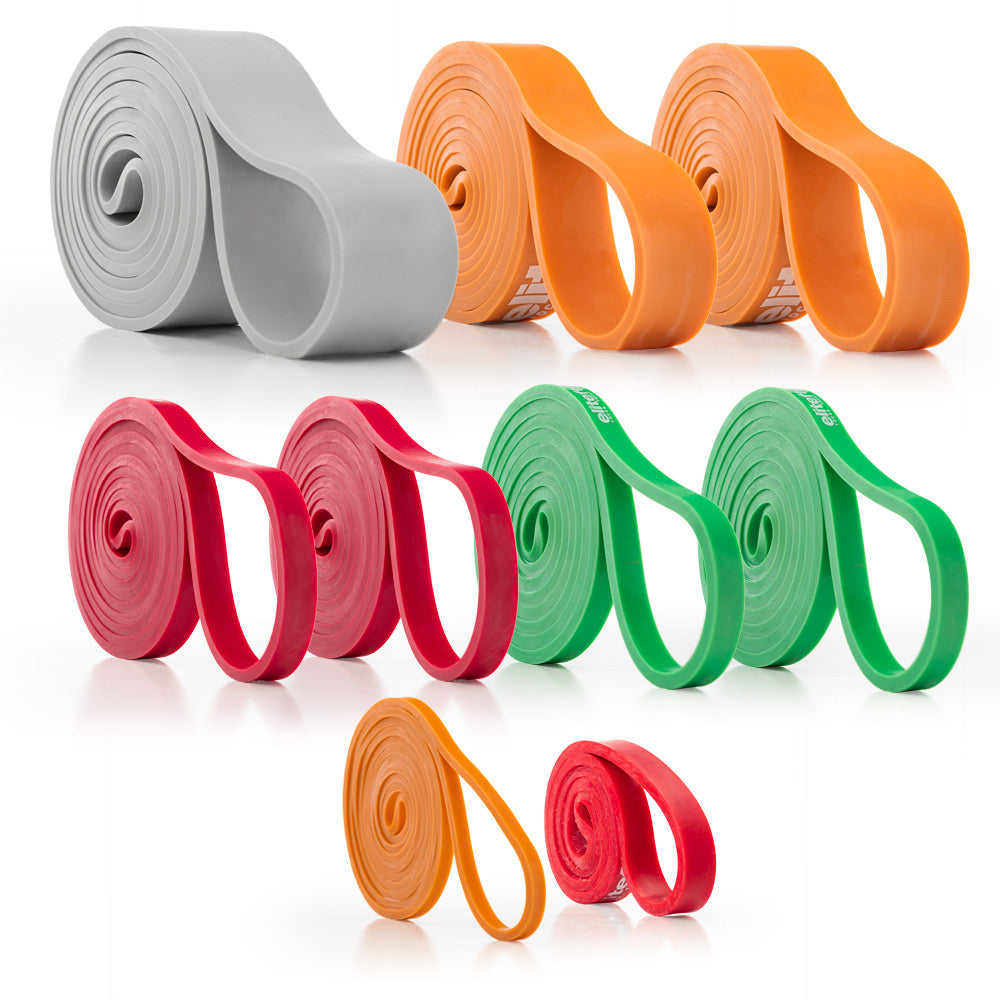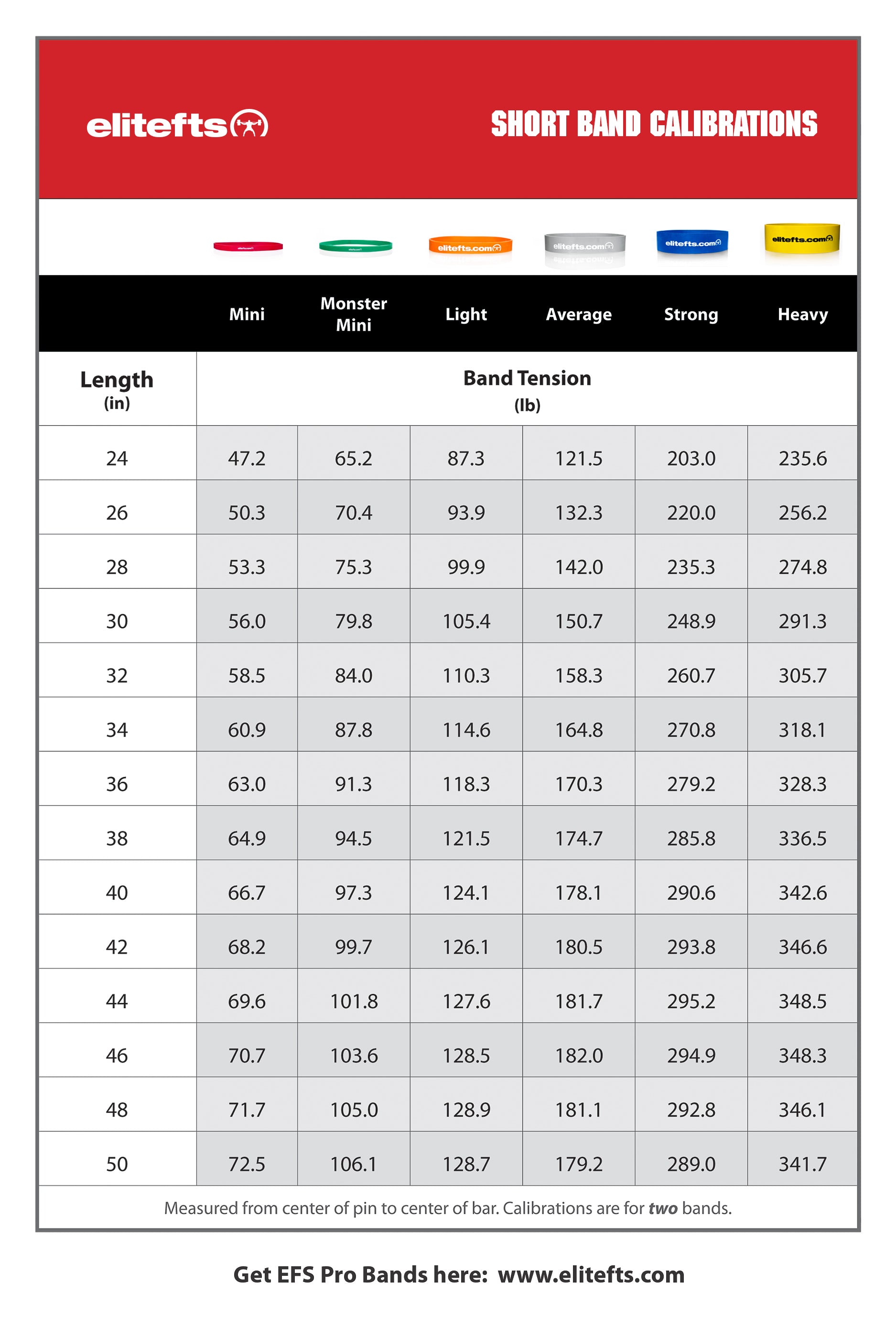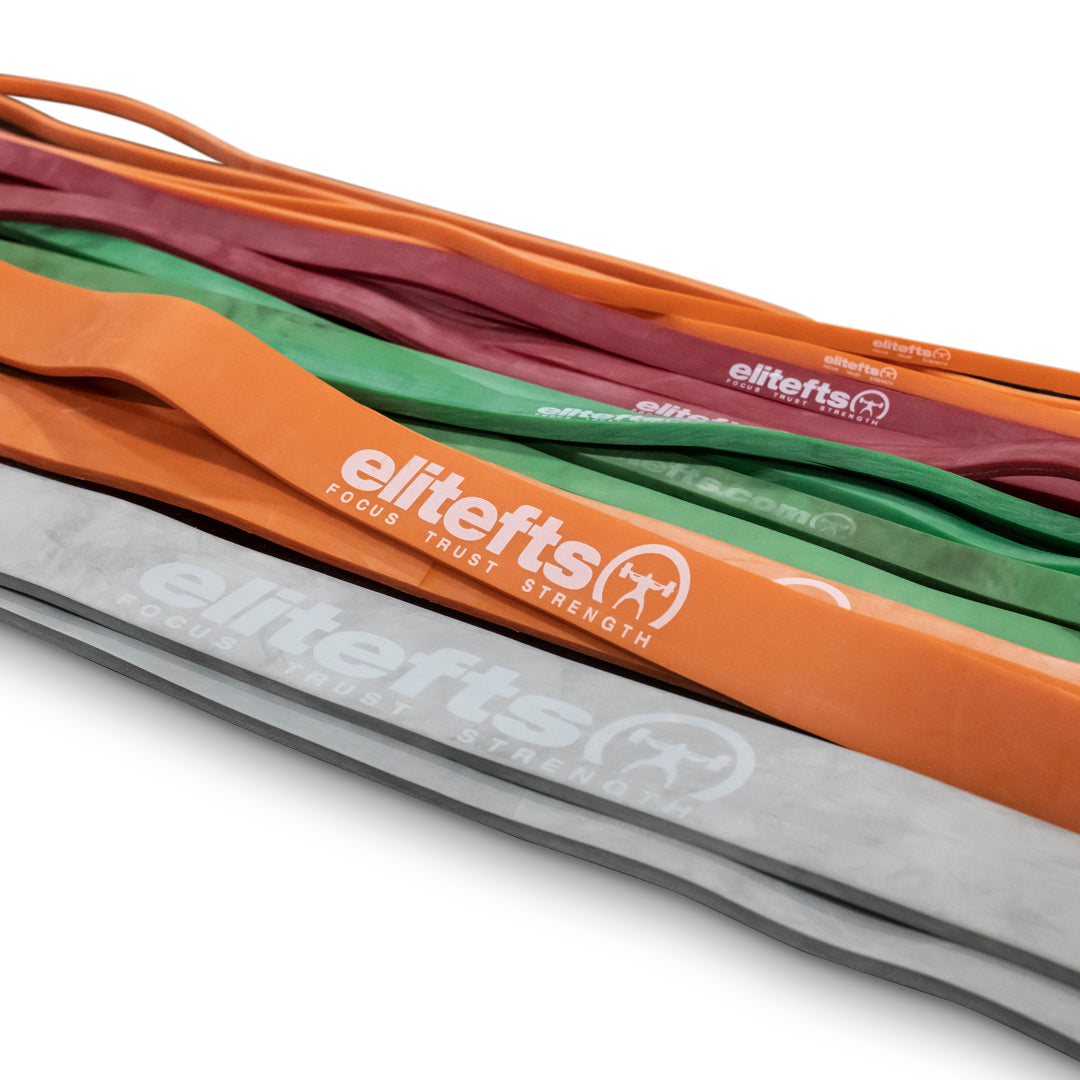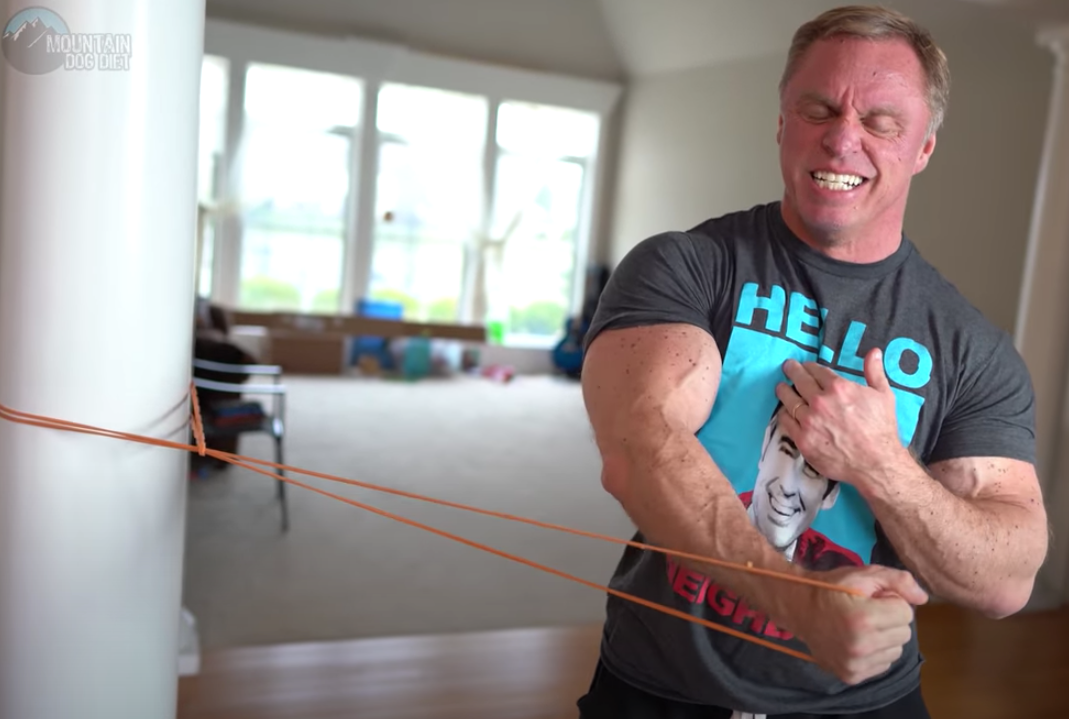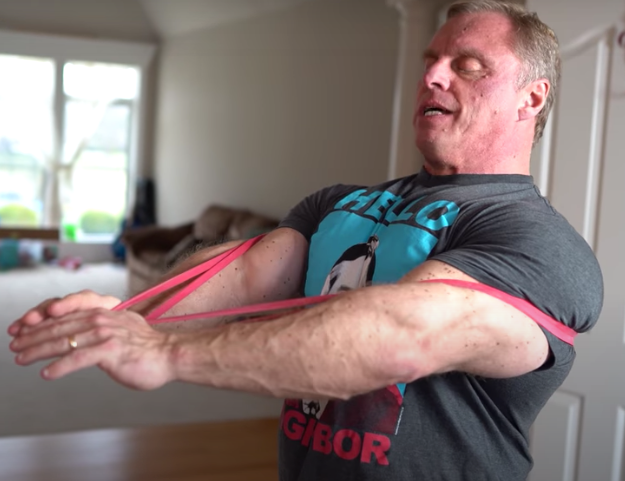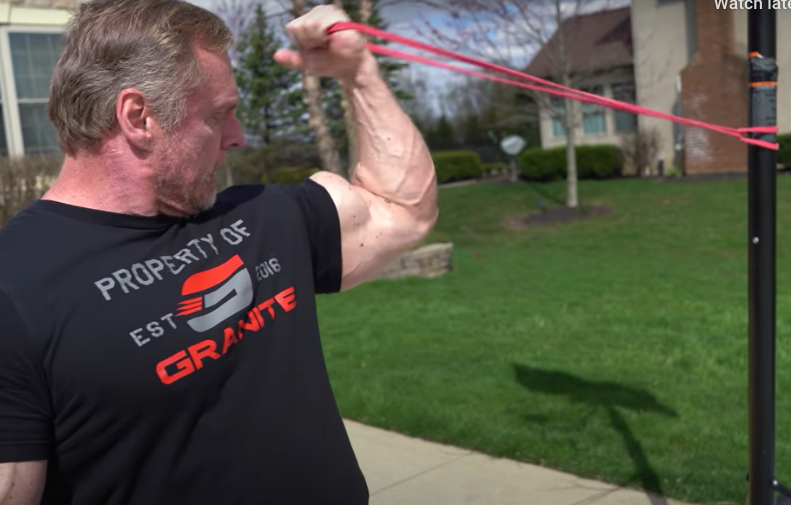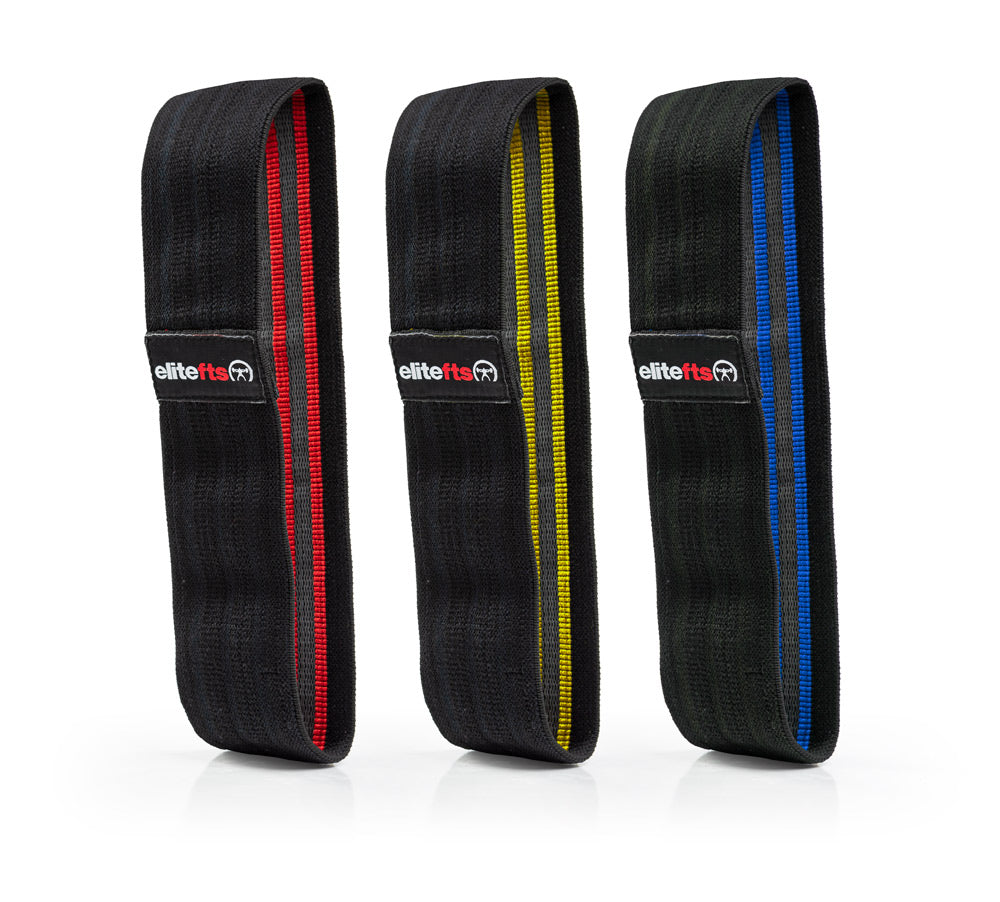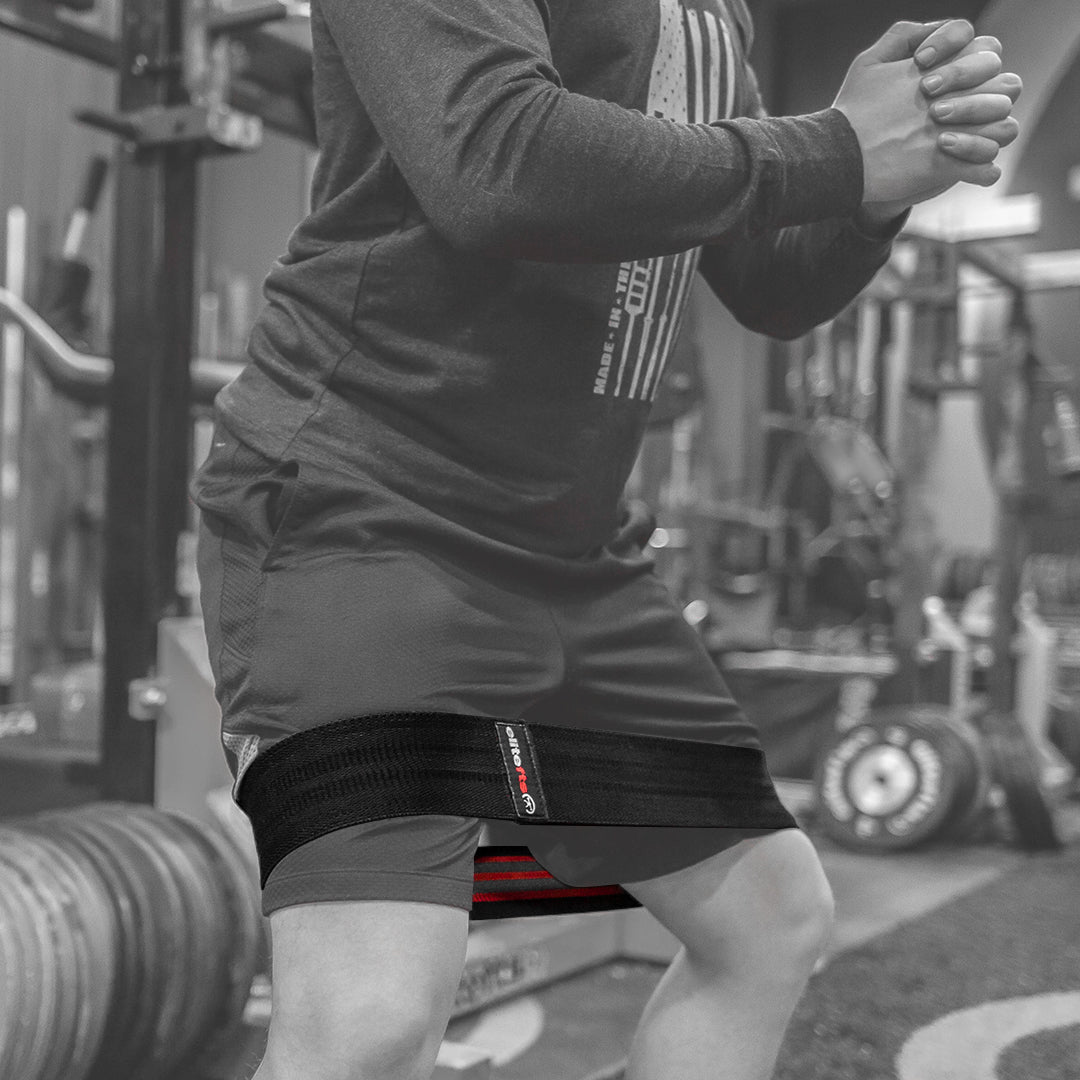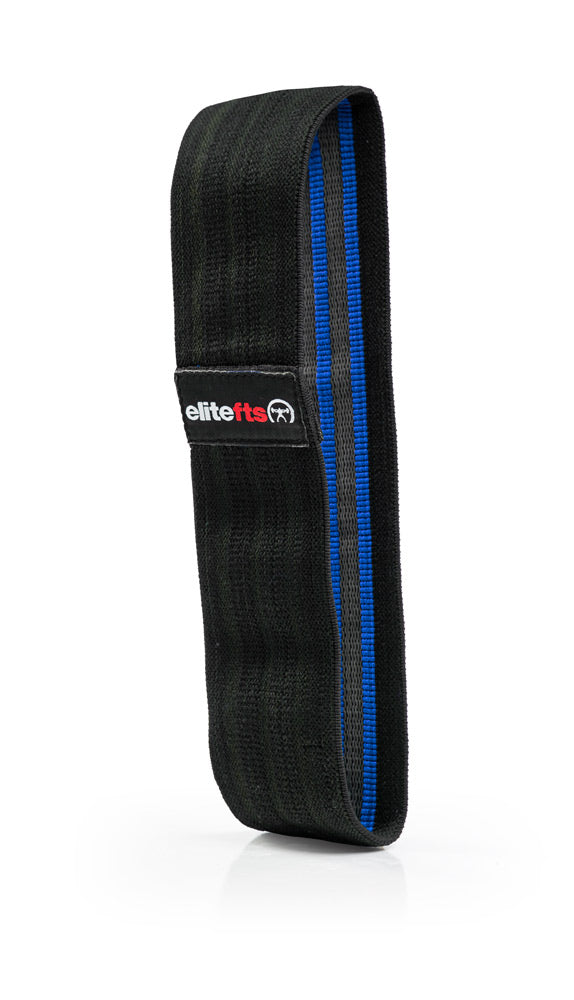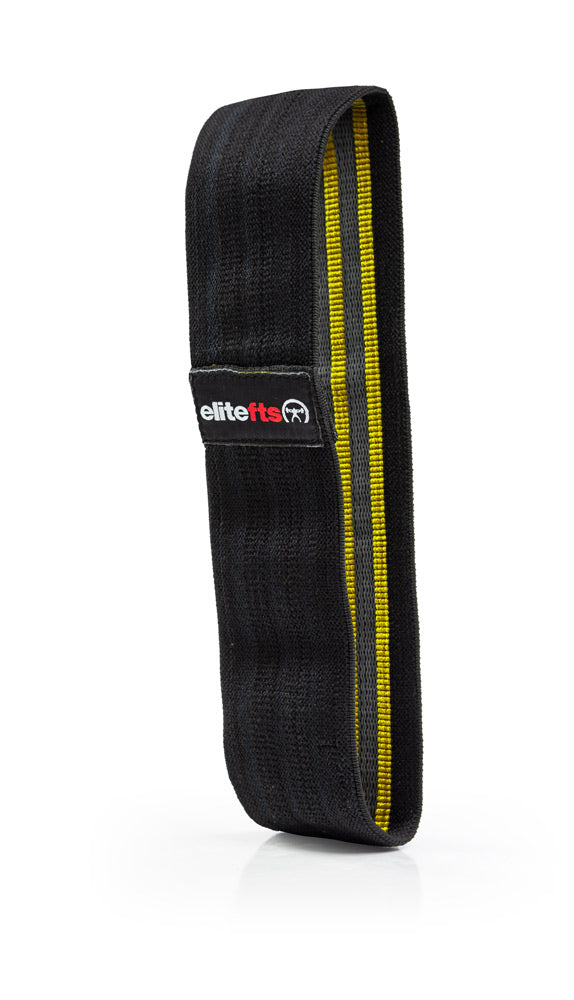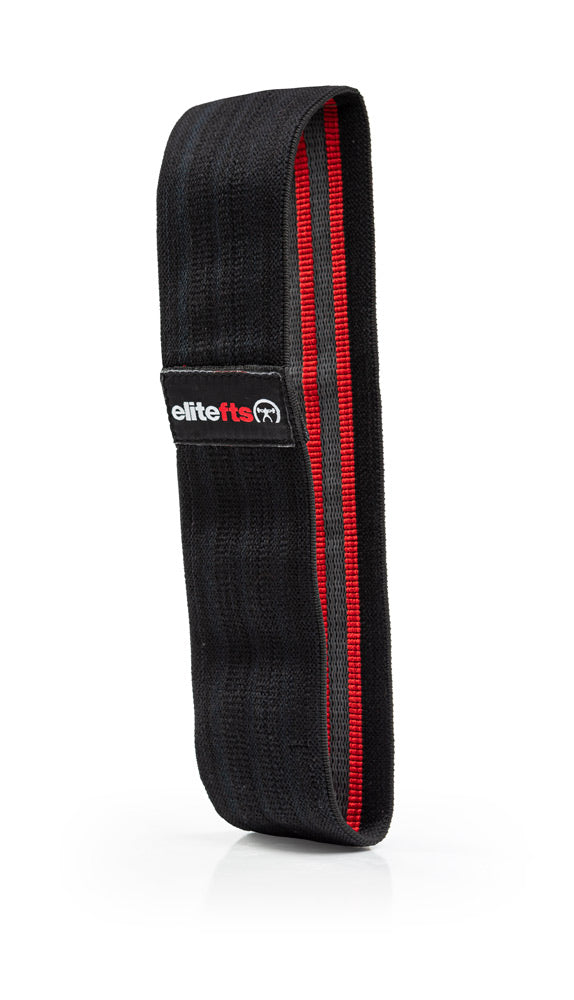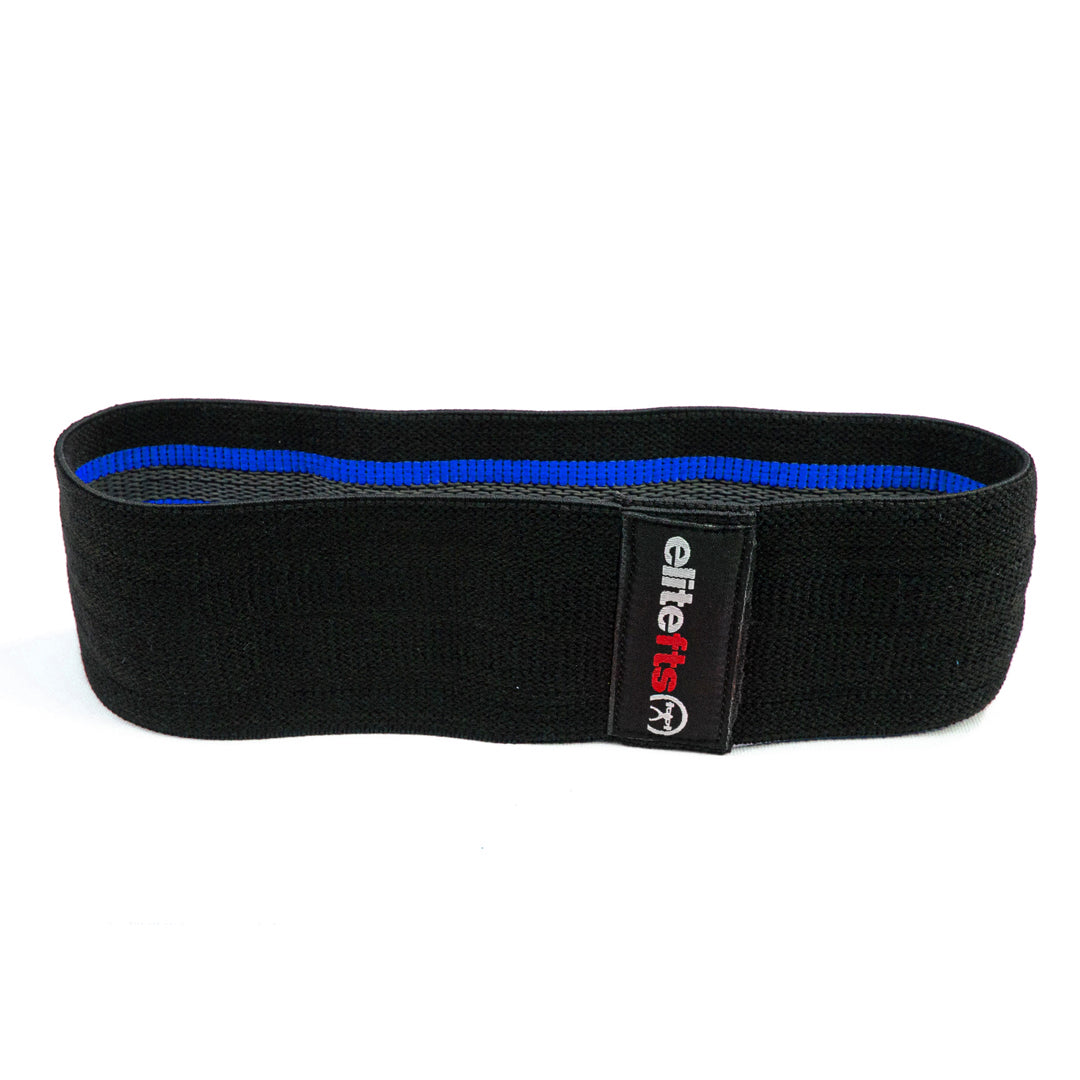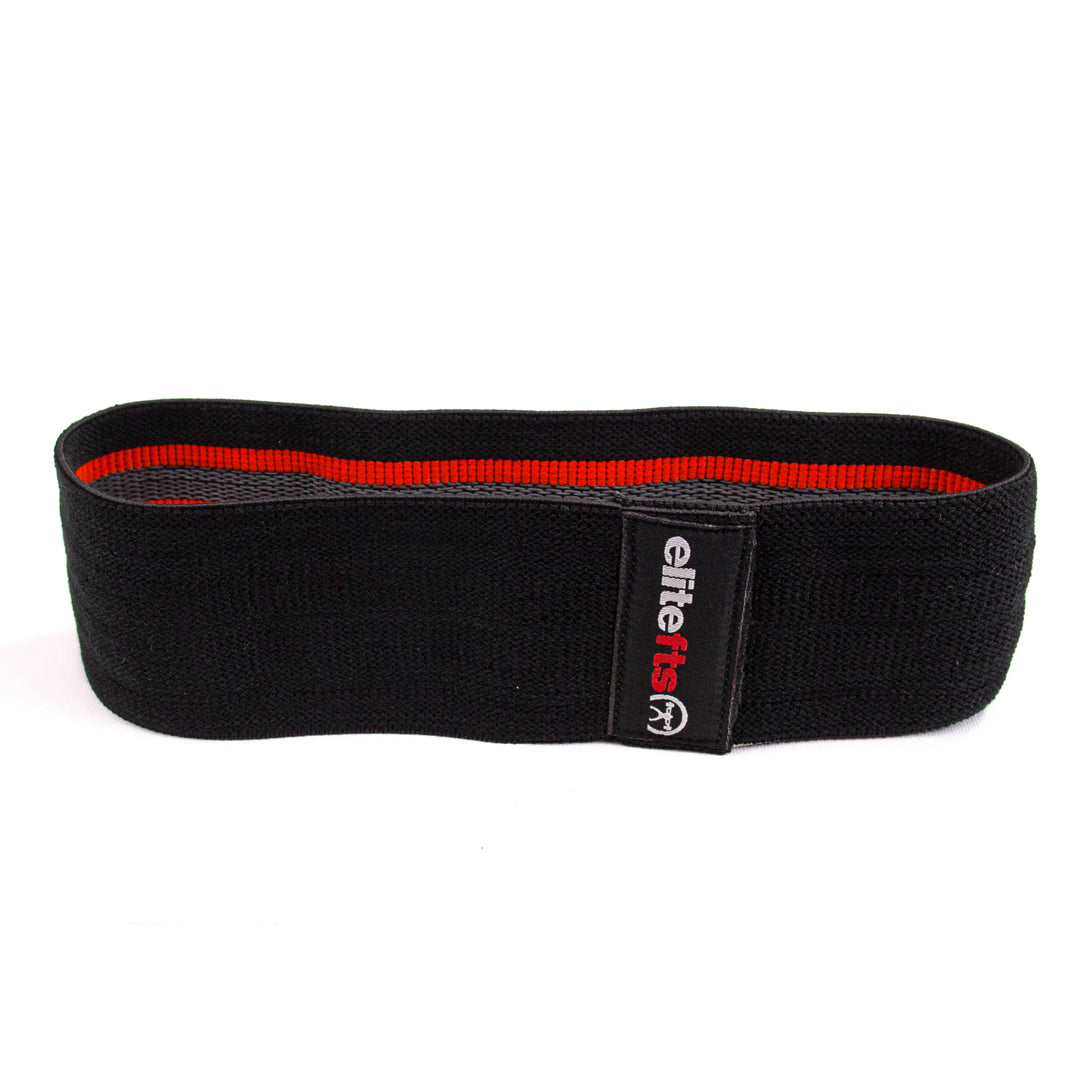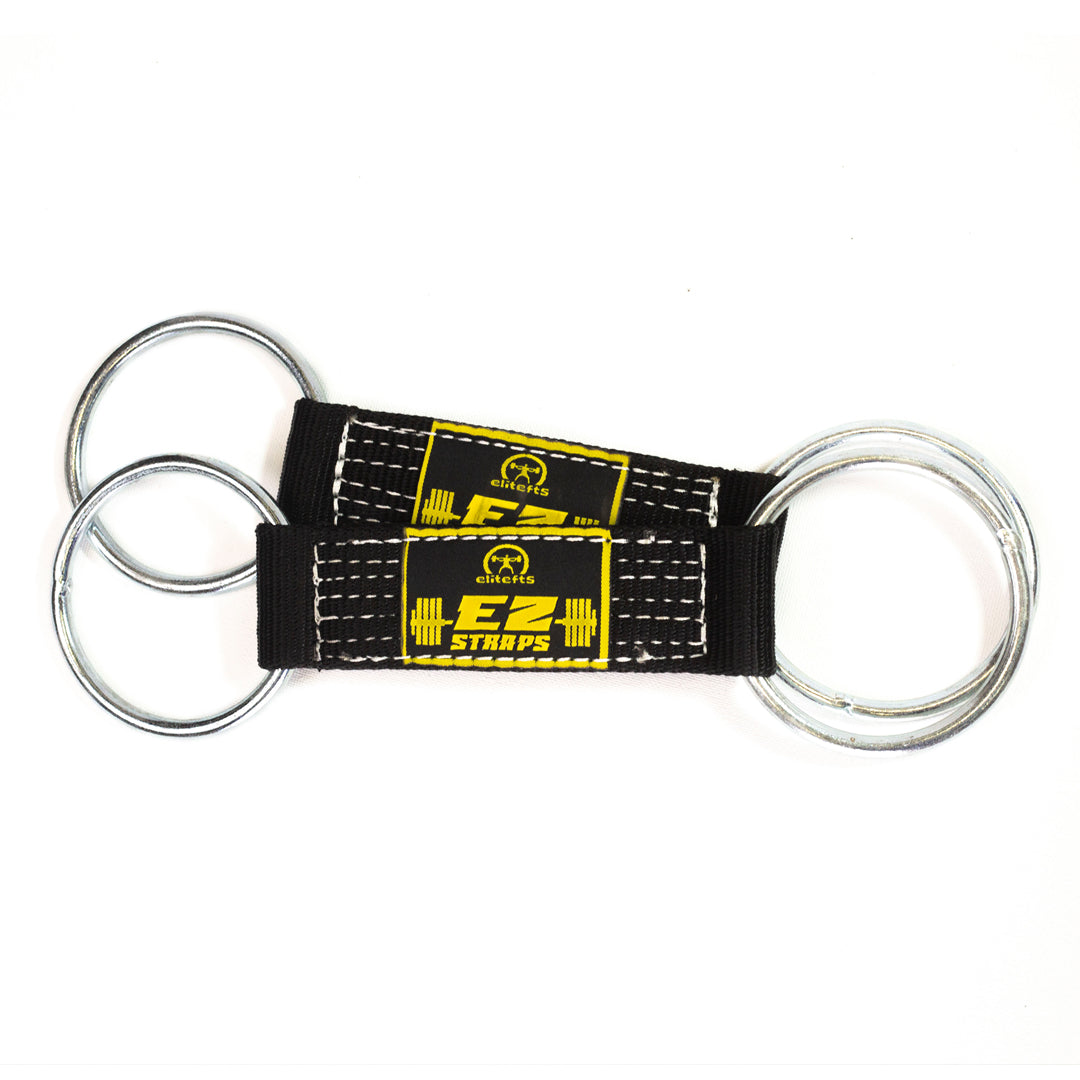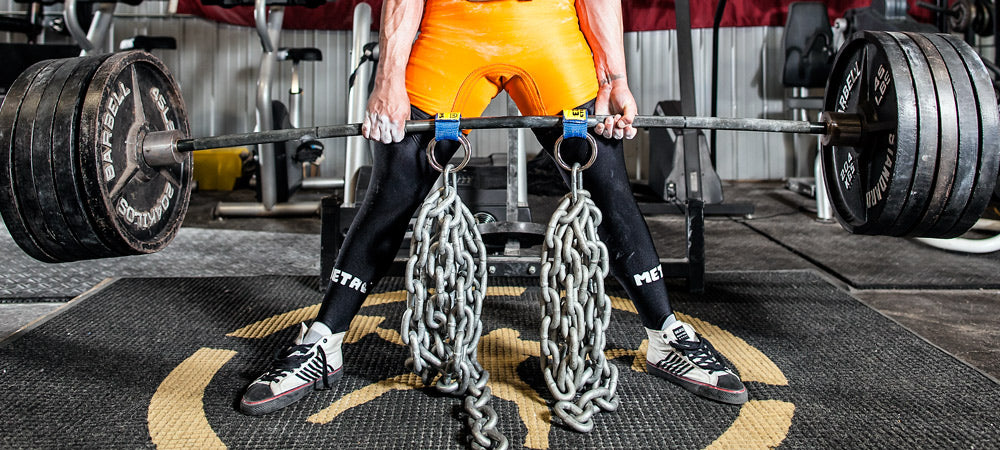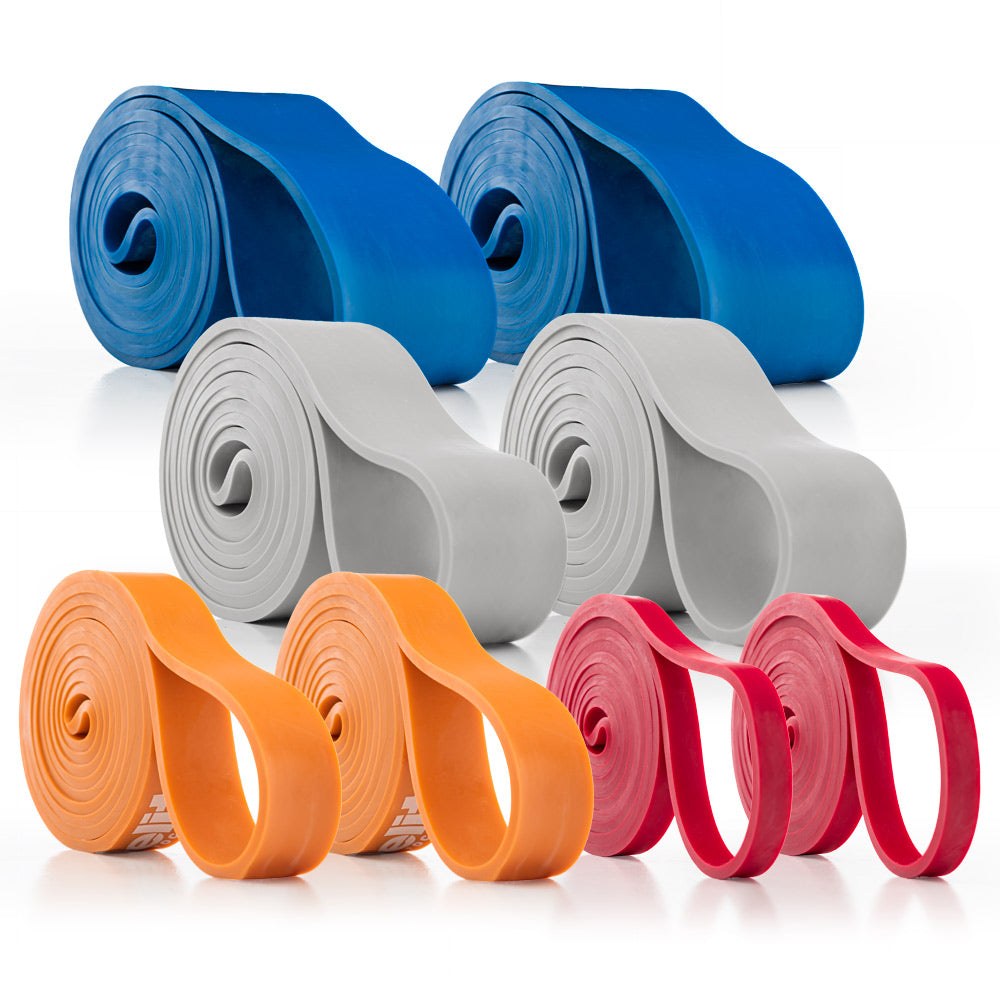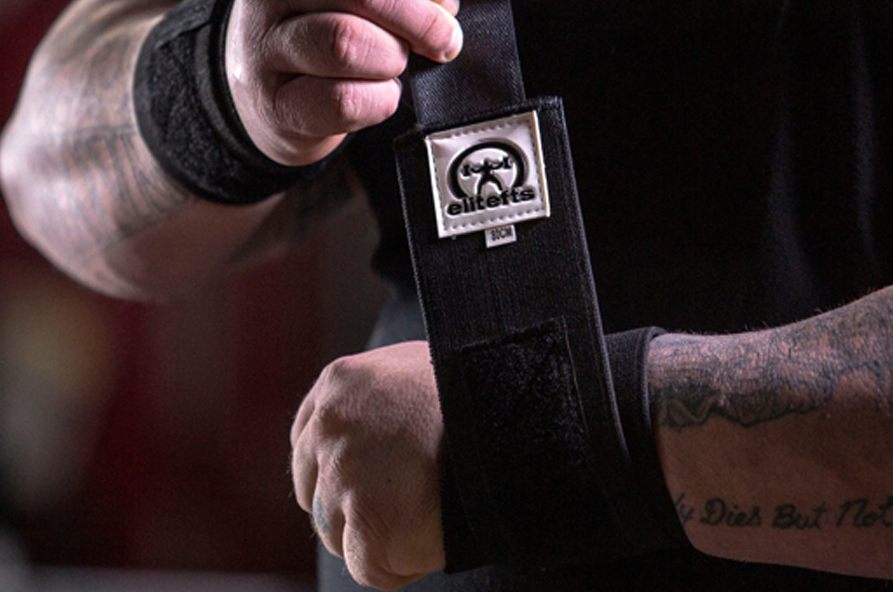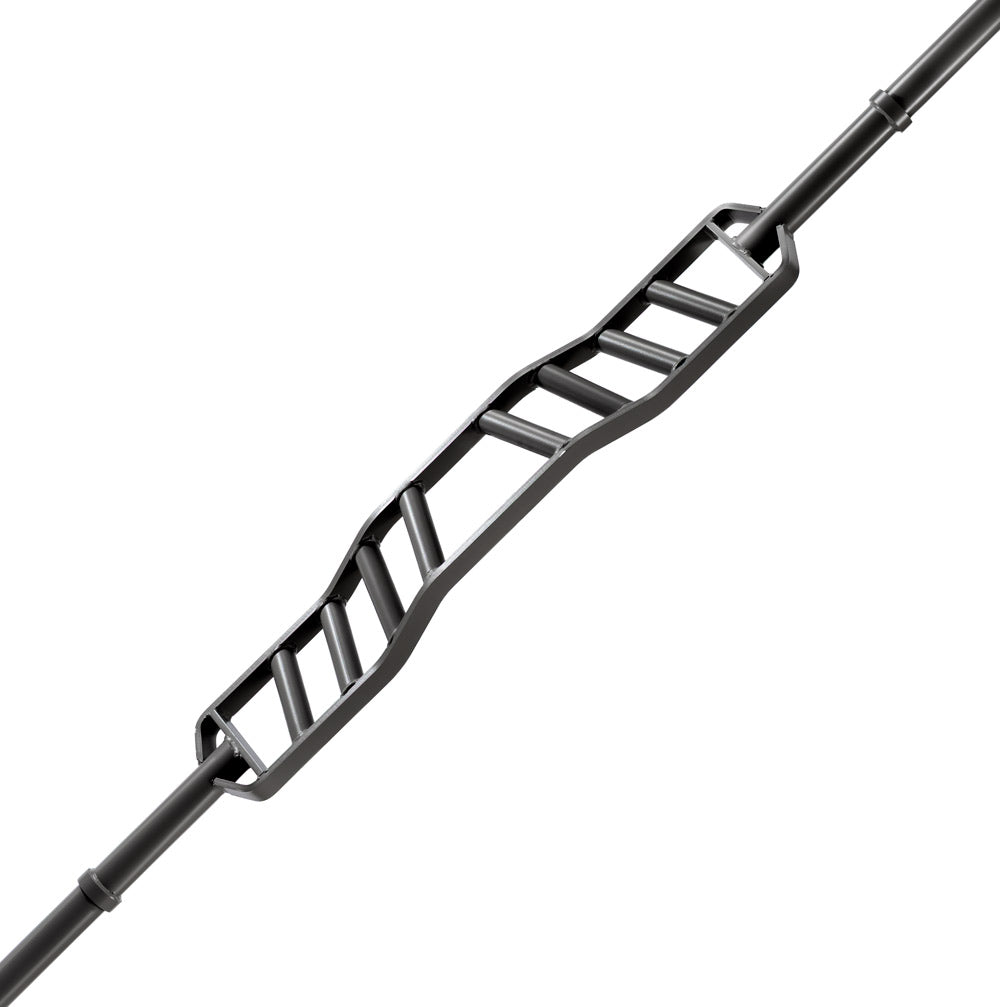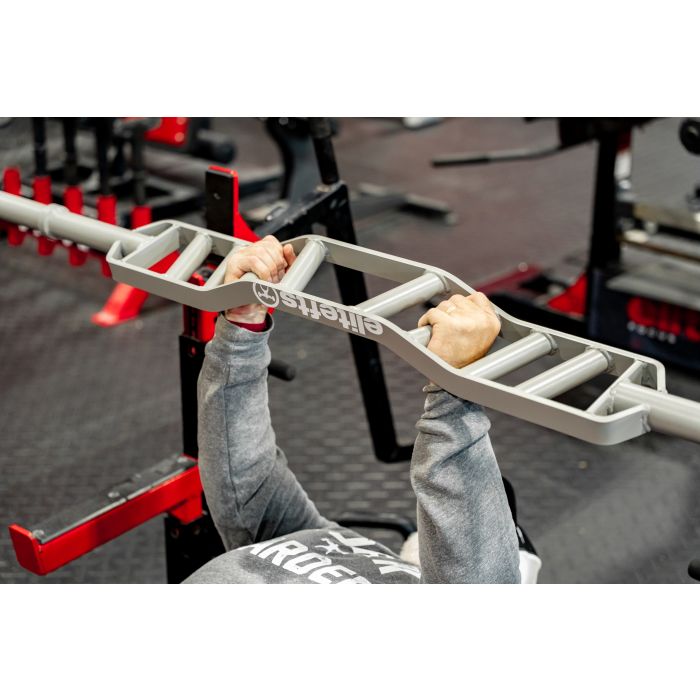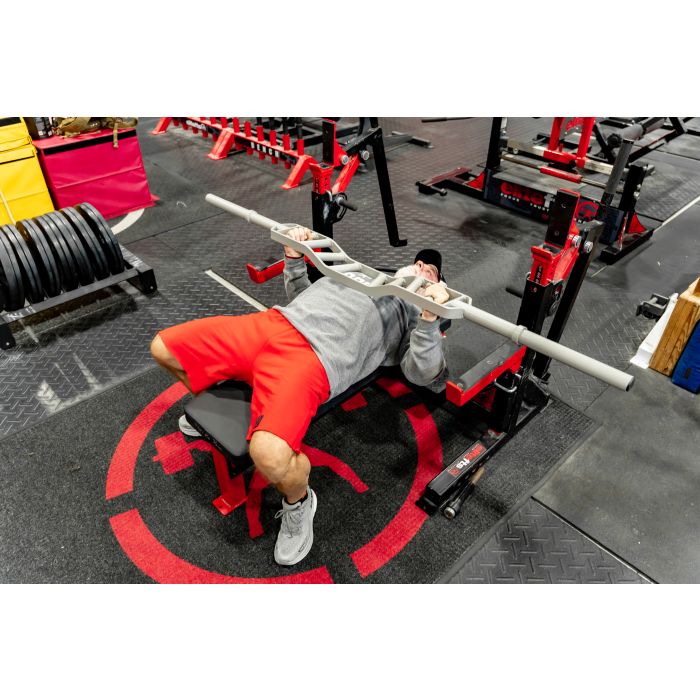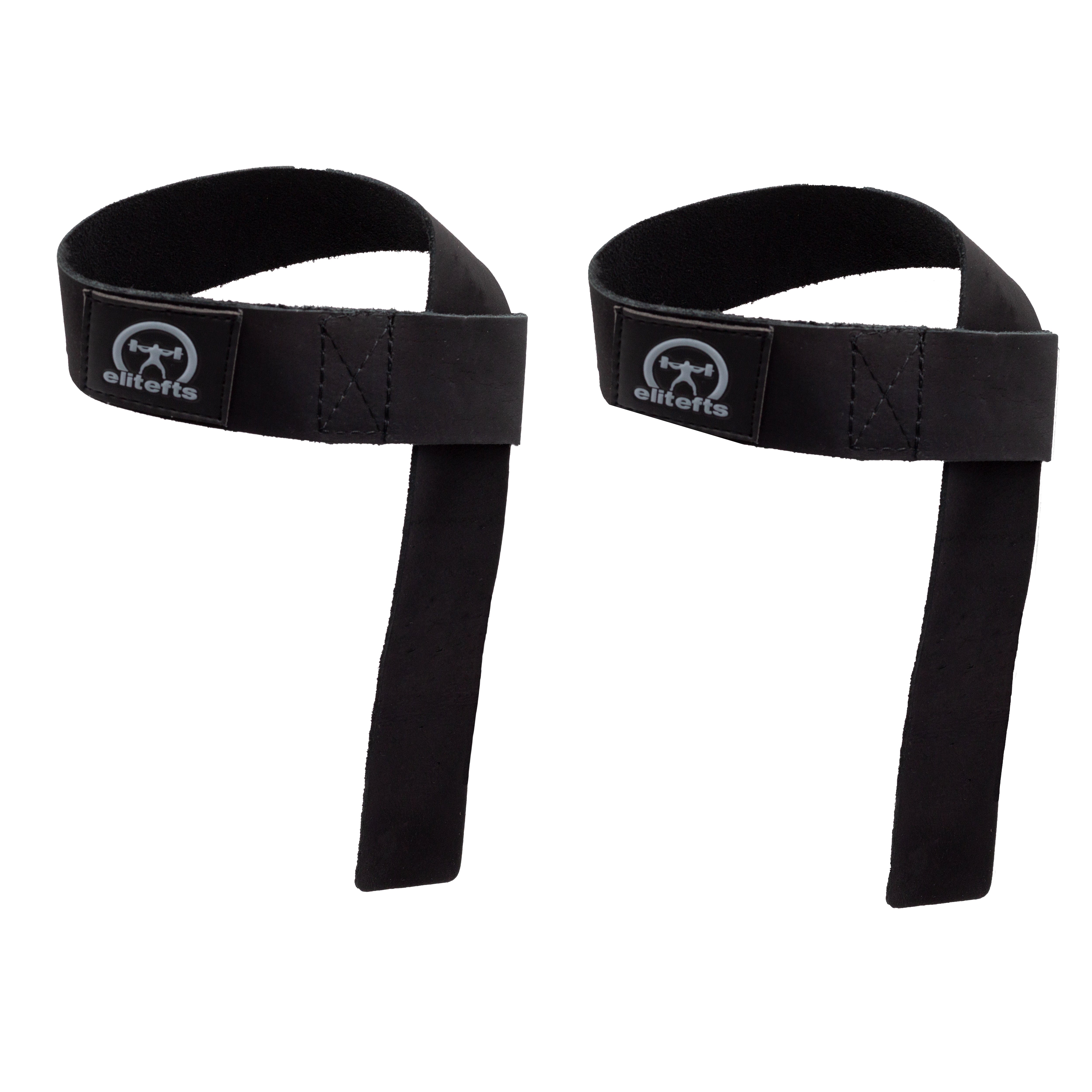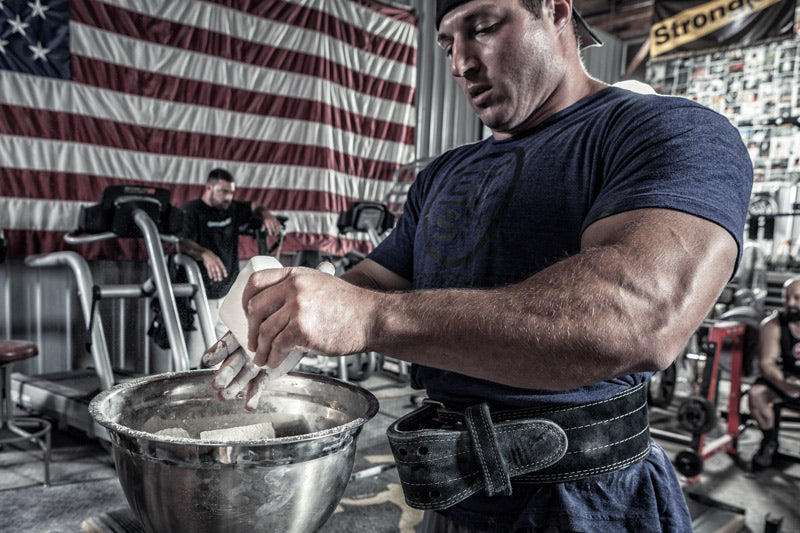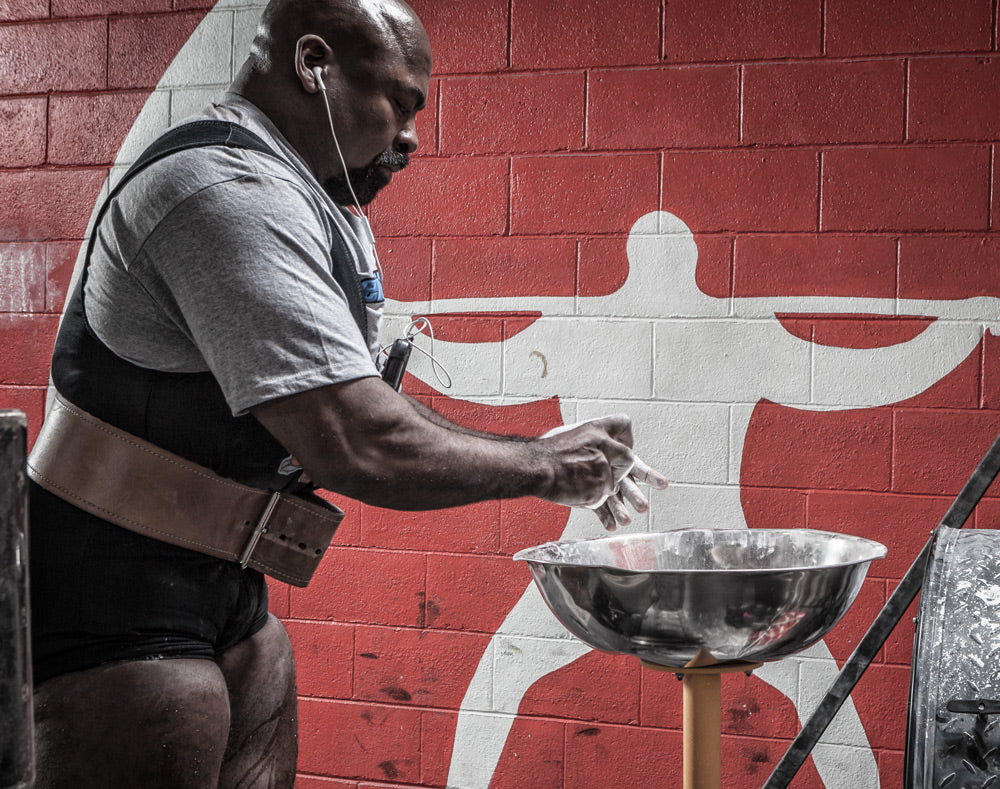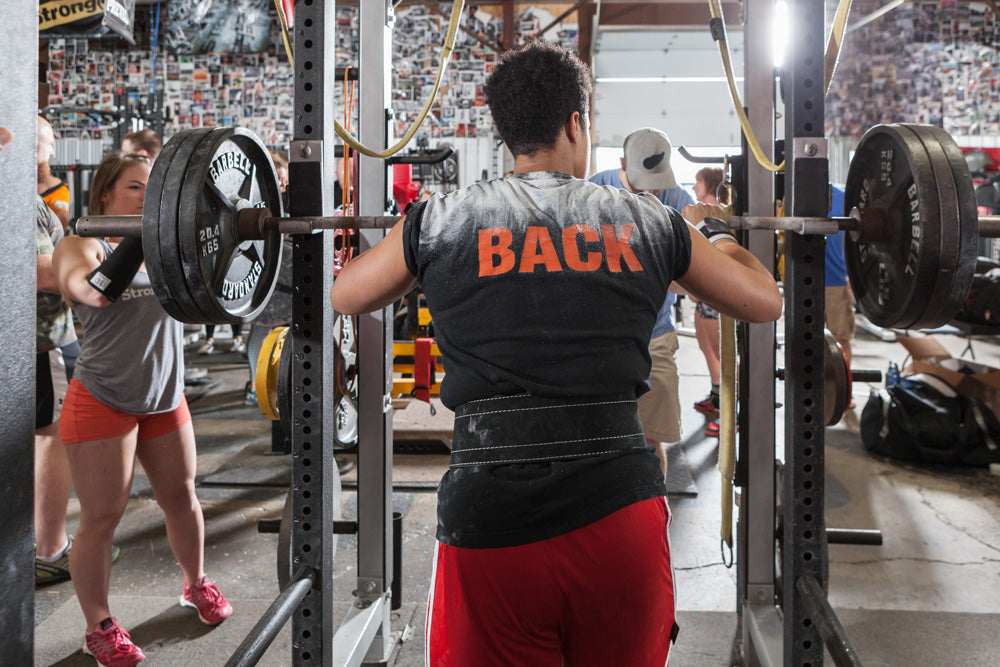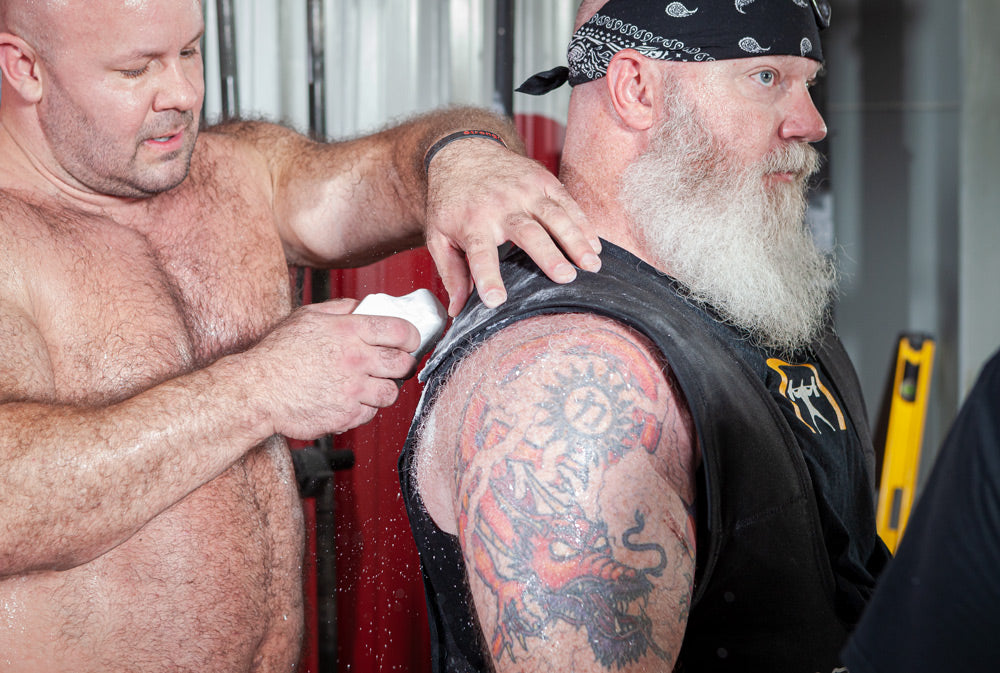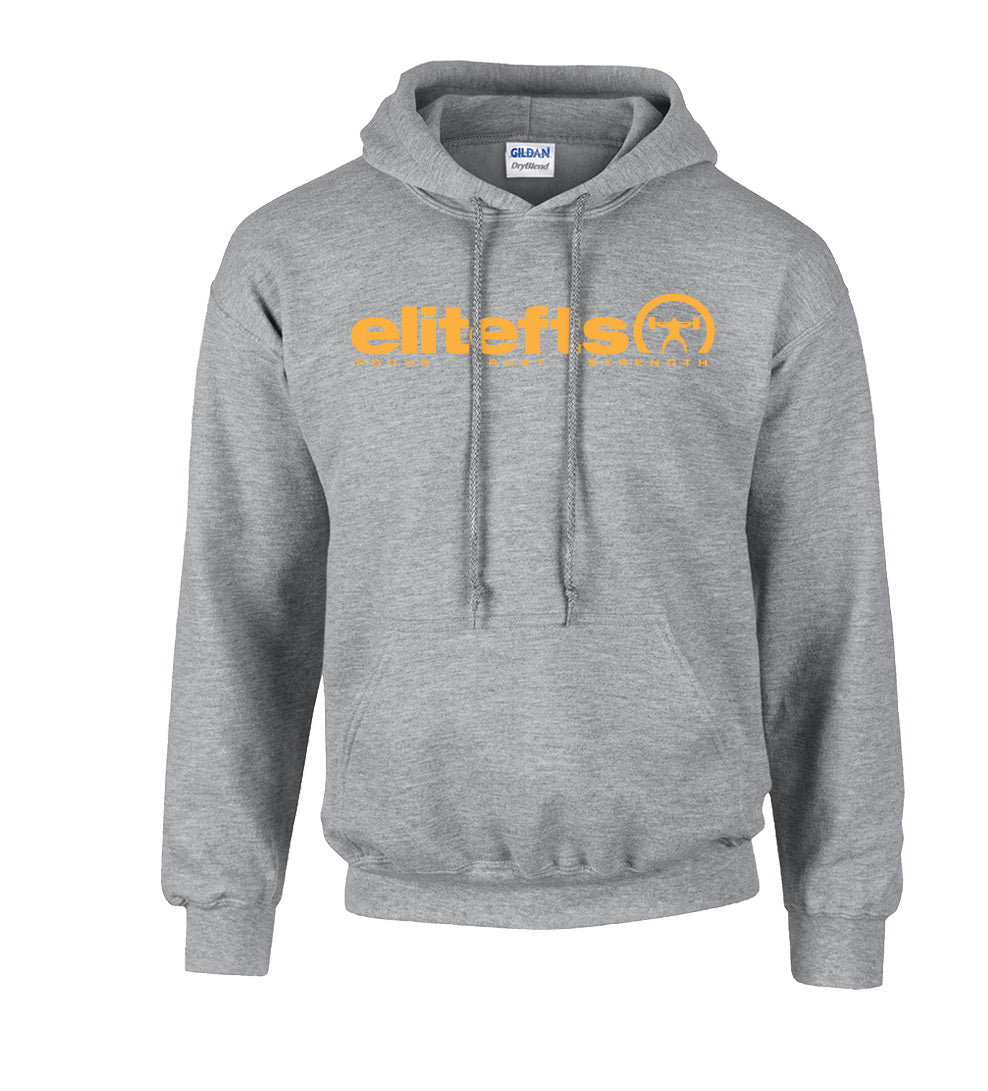Gym training must respond to the desired objective, and for this, in more than just the number of sets, repetitions, intensity, etc., the intention you put into it is crucial. To achieve the right training objective and maximize its effects, I usually tell my athletes to go into "performance" or "body" (from bodybuilder) mode.
Performance Mode
Performance mode means focusing on an external goal: moving the heaviest load as fast as possible, jumping the farthest, etc. In performance mode, we focus on the goal and not on form. We accept and encourage the use of compensatory movements and strategies to improve efficiency, such as "cheating" repetitions (
see the "RECENT" article on cheating repetitions and CAT work, or compensatory acceleration in the article on variable resistance). The use of an exaggerated leg drive on the bench press with the hip raised off the bench, the use of a leg extension during a pronated bar rowing, or the use of a prestretch on movements such as a bar curl or landmine press are all examples of a performance mode strategy. This mode of work is perfectly suited to the development of maximum strength (Grgic J), power, speed (Li D) (even if the effect tends to be weaker on experts), and endurance tasks (Grgic J M. P.).
Body Mode
Body mode is the opposite of performance mode. We focus on an internal goal, we think about what we are doing. In body mode, we try to feel our movements and the muscles we are working as much as possible. The focus is on form, not direct results. The "body" mode gives pride of place to the mind-muscle connection already popular in the golden age of bodybuilding. And it works!
By focusing on the muscles you are working, you increase their recruitment during movement without detracting from other muscles (Calatayud J). This improvement in muscle recruitment would promote hypertrophy gains, particularly in the upper limb, and may be related to the size of the muscles worked (Schoenfeld BJ), even though the study was conducted on a non-trained public. For obese people, focusing on an internal goal leads to better results in terms of balance, movement qualities, and strength (Cavaggioni L).
How Do You Build a Good Mind-Muscle Connection?
You can achieve good biceps congestion without load, simply by performing a curl, slowly contracting your biceps as hard as possible, particularly in the final part of the movement. But to do this, you need to observe several rules:
- Choosing isolation exercises. The aim of isolation exercises is not to involve muscles other than those you wish to work, unlike polyarticular exercises. Adapt exercises to minimize the use of other muscles, even stabilizers. For example, replace your military press with a seated dumbbell press to reduce the need to stabilize the core. Favoring unilateral exercises as much as possible also increases the focus on each muscle.
- Use low to moderate loads. The improvement in muscle recruitment due to concentration diminishes from 60 percent rep max and disappears at around 80 Percent rep max (Calatayud J). Light loads will limit the implication of other synergic muscles to compensate for a possible lack of strength.
RECENT:
Variable Resistance Training
- Adopt a slow tempo: Like loads, movement speed should be moderate to slow. We need to have time to concentrate on the work of our muscles, to perform a maximal isometric contraction at the end of the concentric phase of each movement. The advantage of using a slow tempo is also to reduce the use of elastic energy, the faster the stretch, the more elastic energy is stored and released, so that the work is based on maximum muscle contraction. Do not hesitate to use a 3031-type tempo (three seconds eccentric, three seconds concentric, and one second of maximum contraction at the end of the concentric phase).
- Maintain constant tension. Maintaining constant tension means not going into amplitudes where the muscular work disappears, e.g. not locking the elbows when performing a push-up. Stop just before full elbow extension, so as not to lose tension. This will also increase the amount of time under tension during the exercise and promote high metabolic stress.
- Adapt the cues. If you want the athlete to focus on an internal objective, on his sensations, ask him to "feel" his muscles, to gradually "contract" the muscle, to "squeeze as hard as possible", etc. Avoid "explode", and "push", and adapt to performance mode.
Conclusion
I use the "body" mode when I want to promote hypertrophy and the "performance" mode for strength and power gains. The "body" mode can also be used when you want to provoke a massive influx of blood into a particular area of the body, which can be useful, for example, in the management of certain injuries. It also allows you to bring a little variation to your training, and to have training sequences that are lower in terms of loads handled, which could be of interest for joint health, but also to relieve the nervous system a little.
Beware, as with CAT, setting it up in training requires a high attentional cost, so like CAT, it is not possible to use it all the time. You also need to educate your athletes to be able to change modes in the same way as driving modes on a car. This can be an advantage in the quest for progression and longevity in training, but also in achieving a more complete development of athletes.
References
- Calatayud J, V. J. (2015). Importance of mind-muscle connection during progressive resistance training. European Journal of Applied Physiology.
2. Cavaggioni L, G. L. (2022). A Pilot Study on Attentional Focus in Prescribing Physical Exercise in Outpatients with Obesity. Healthcare.
3. Grgic J, M. I. (2021). Acute and Long-Term Effects of Attentional Focus Strategies on Muscular Strength: A Meta-Analysis. Sports (Basel).
4. Grgic J, M. P. (2021). Effects of Attentional Focus on Muscular Endurance: A Meta-Analysis. International Journal of Environmental Research and Public Health.
5. Li D, Z. L. (2022). Effect of Attentional Focus on Sprint Performance: A Meta-Analysis. International Journal of Environmental Research and Public Health.
6. Schoenfeld BJ, V. A. (2018). Differential effects of attentional focus strategies during long-term resistance training. European Journal of Sport Science.
Romain Guerin is a French strength and conditioning coach for professional rugby. He worked with the under 16 France team rugby league, rugby league academy, and police special forces. Romain earned his master's degree in sport science and other certifications like Westside Barbell® Special Strength Certificate and EXOS® certification. He can be reached at romainguerin.coachsport@gmail.com. Follow him on Instagram @romainguerin_pro.

